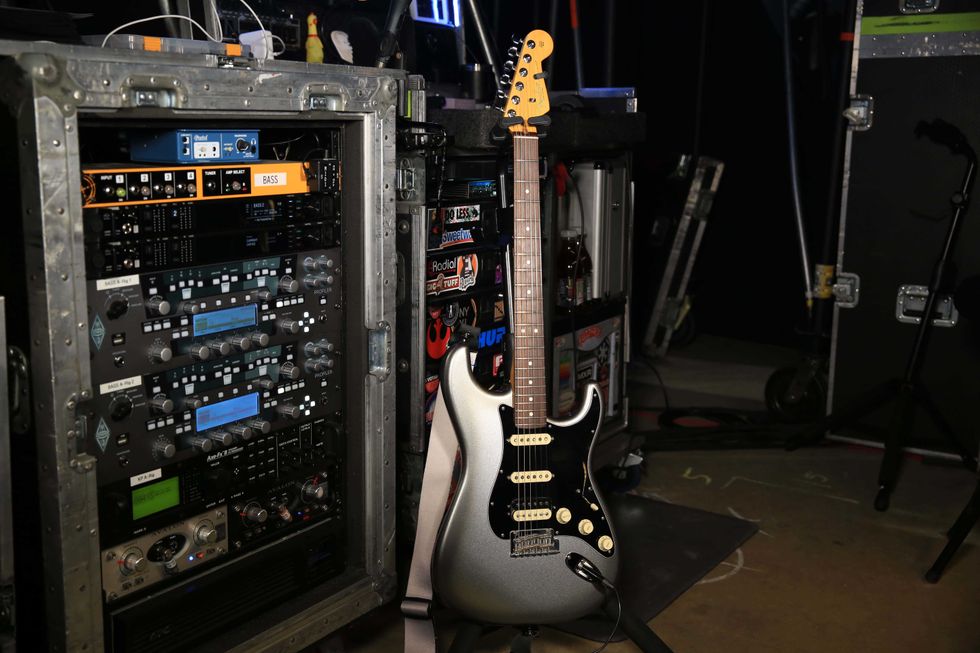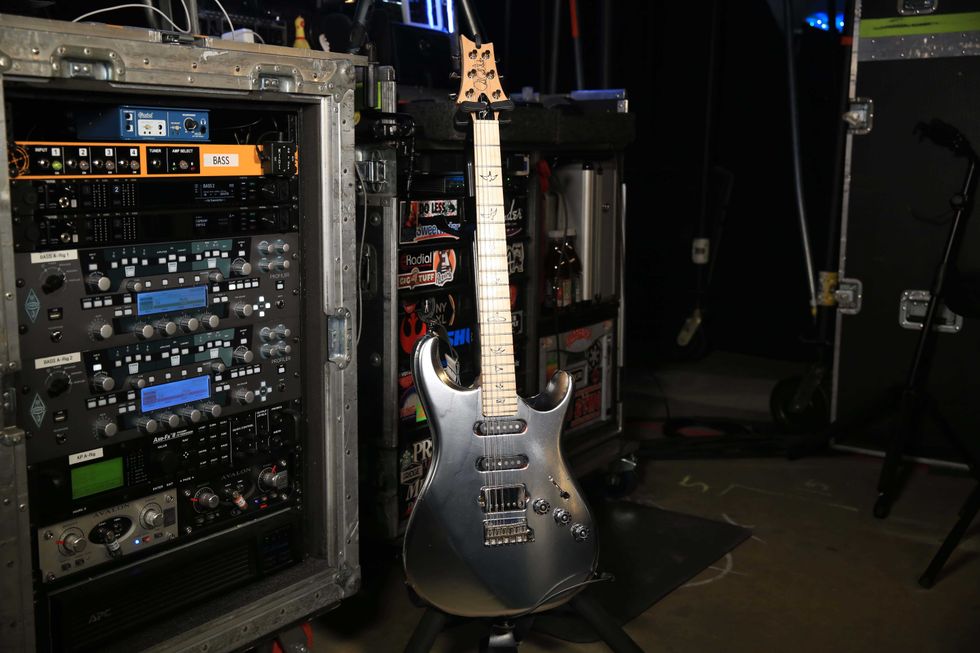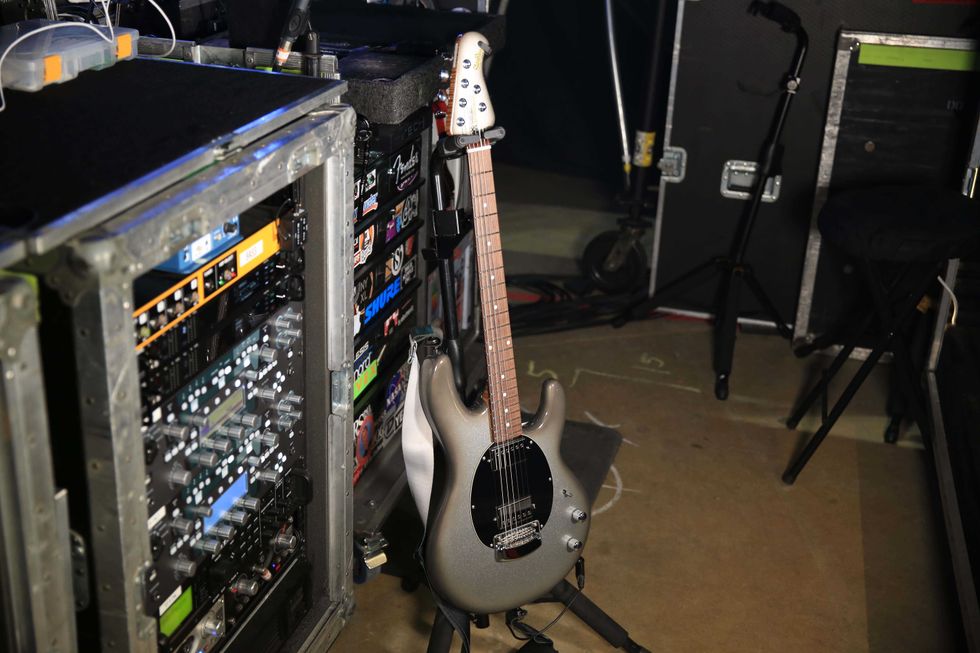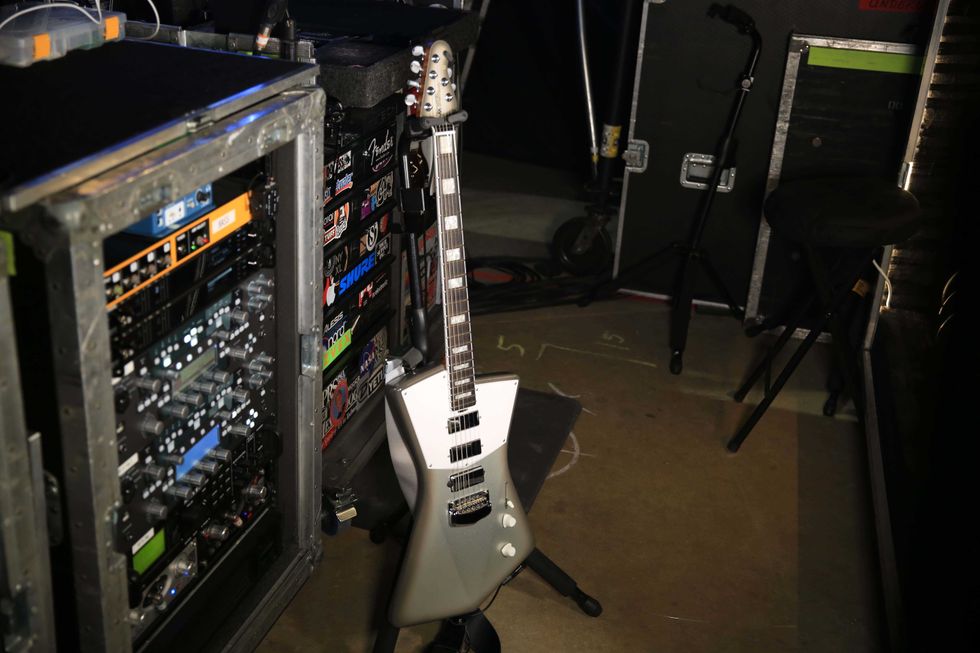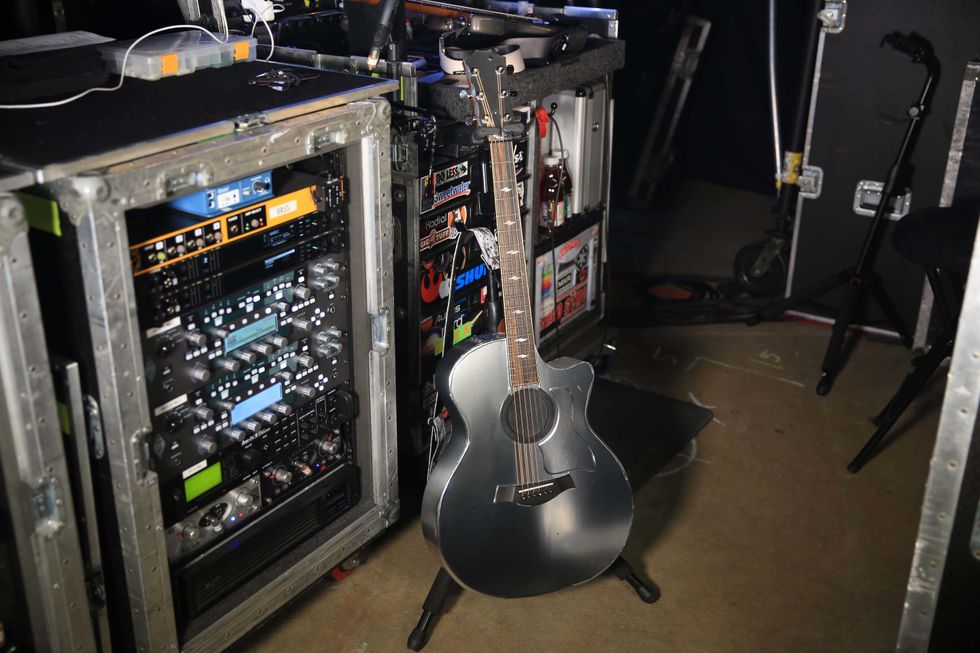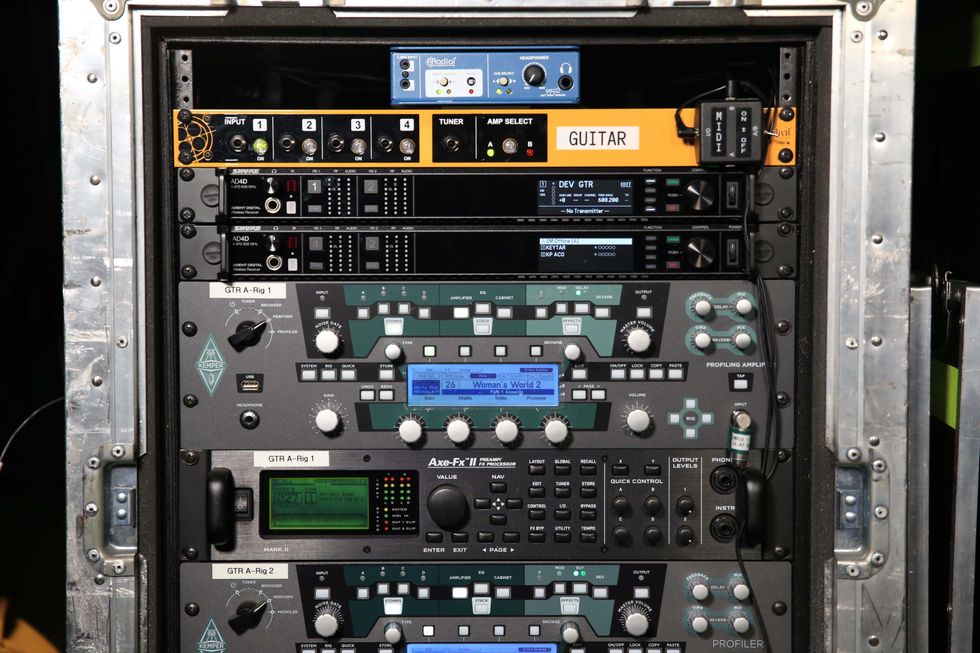There’s something beautifully paradoxical about Luther Dickinson’s new album, Dead Blues Vol. 1. It’s a collection of blues standards that were performed by the Grateful Dead throughout their career, yet it sounds like neither traditional blues nor Dead-style interpretations. Instead, it exists in some liminal space between the Mississippi Delta and the cosmos—a place where Blind Lemon Jefferson meets synthesizers and omnichords, and Willie Dixon’s words floats over funk grooves and ambient soundscapes.
“I would never claim to be a bluesman,” Dickinson says during a phone interview from the road, somewhere between Asheville and Nashville. For someone whose band, North Mississippi Allstars, has earned multiple Grammy nominations exploring roots music, it’s a surprising admission. “I’m more of a psychedelic folk rocker, you know? That’s what I claim, if anything.”
This perspective—reverent toward tradition but unbound by its conventions—defines Dead Blues Vol. 1. The album reimagines nine blues songs from the Dead’s repertoire, featuring the remarkable vocals of Datrian Johnson alongside contributions from Phil Lesh’s son Grahame Lesh, the Hold Steady’s Steve Selvidge, Dickinson’s brother and Allstars band mate Cody, and pedal-steel wizard Ray Ray Holloman.
The genesis of the record stemmed from two separate ideas colliding in Dickinson’s mind. In 2013, Phil Lesh invited Dickinson and his brother Cody to join Phil & Friends, the legendary Grateful Dead bassist’s rotating collective of musicians. As Dickinson studied up on the Dead catalog for rehearsals and performances, he and Grahame Lesh began performing casual Dead Blues shows focusing specifically on the blues songs in that band’s repertoire. “Grahame and I started doing the Dead Blues to do looser, easier shows outside of the Dead musician pool,” Dickinson explains. “We’d bring in musicians and artists outside of Phil’s scene to play with us. That was really fun.”
Around the same time, Strolling Bones Records approached him about doing a Grateful Dead tribute. “I was like, man, I don’t know,” he admits. “My only in was like, ‘Well, I could do a Dead Blues thing.’ But that was years ago, and I didn’t really consider it. It wasn’t at the top of my to-do list, you know?”
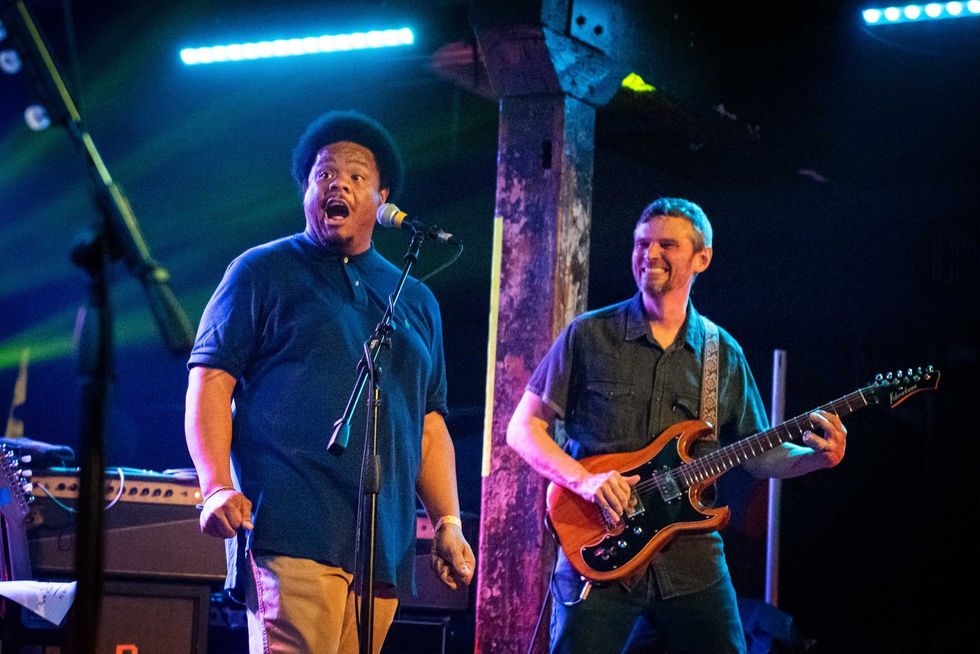
Johnson and Dickinson bring the blues to Tipitina’s in New Orleans.
Photo by Camilla Calnan
The project might have stayed dormant had the pandemic not shifted Dickinson’s creative direction. When touring stopped in 2020, he found himself working on an instrumental record—and not only that, but one “where I didn’t play guitar,” he explains. Instead, he wrote the material on bass and keyboards during the lockdown, creating spacious, experimental soundscapes with no connection to the blues standards—"Who Do You Love,” “I’m a King Bee,” “Little Red Rooster”—they would eventually be paired with.
Then came the revelation. “I woke up one morning and I was like, ‘Datrian could sing the Dead Blues lyrics on top of this instrumental record!’ And sure enough, it just happened so easily. It was so fun that, within three sessions, we had the record done. And after the fact, I went in and overdubbed guitar on it as the last flavor.”
Which Dickinson actually does frequently. “Usually if I’m overdubbing guitars, I’ll do it at the last minute,” he says. The guitar work he added referenced the original blues melodies even when Johnson’s vocals didn’t directly follow them. “Even if Datrian isn’t singing it, the guitar work I added is more referential, a nod to the original melodies. My stance is the melody and the poetry is to be protected. All the trappings of production, the beats, the fashion of an interpretation—that’s malleable. But the melody and the poetry is what’s interesting to protect.”
Datrian Johnson proved to be the crucial element that transformed the project. Keyboardist John Medeski had introduced Dickinson to the Asheville-based vocalist a couple of years ago during work with The Word, Dickinson’s band with Medeski and Robert Randolph. The chemistry was immediate. “He’s one of the most moving vocalists I’ve ever worked with onstage,” Dickinson says. “I’ve worked with Mavis Staples, John Hiatt, Patty Griffin, Robert Plant, Chris Robinson—some of the best vocalists in rock ’n’ roll. But Datrian has this thing. People are like, ‘What the…?’”
Indeed, his delivery on tracks like “Little Red Rooster” and “High Heeled Sneakers” demonstrates an interpretive depth that honors the source material while completely reimagining it. “He’s such a humble, unassuming guy,” Dickinson continues of Johnson. “And then he starts singing … I just remember people’s reactions. I’ve never seen anyone make an audience gasp before.”
The album’s unconventional approach—featuring melodica, Wurlitzer, DX7 synthesizer, omnichord, and what Steve Selvidge calls “space-funk guitar”—reflects Dickinson’s philosophy about roots music. These blues standards may be traditional, some stretching back nearly a century, but Dickinson gives them a somewhat futuristic-sounding treatment. Which, to his mind, puts him in the same forward-thinking tradition as the bluesmen themselves. “Musicians that try to be old-timey—I’m not into it,” he says. “If you think about it, Charley Patton was revolutionary. He was forward-thinking. Howlin’ Wolf was forward-thinking. Little Walter, Robert Johnson … none of these guys were trying to be old-fashioned. Every great musician—Charlie Christian, Jimi Hendrix—they were all forward-thinking.”
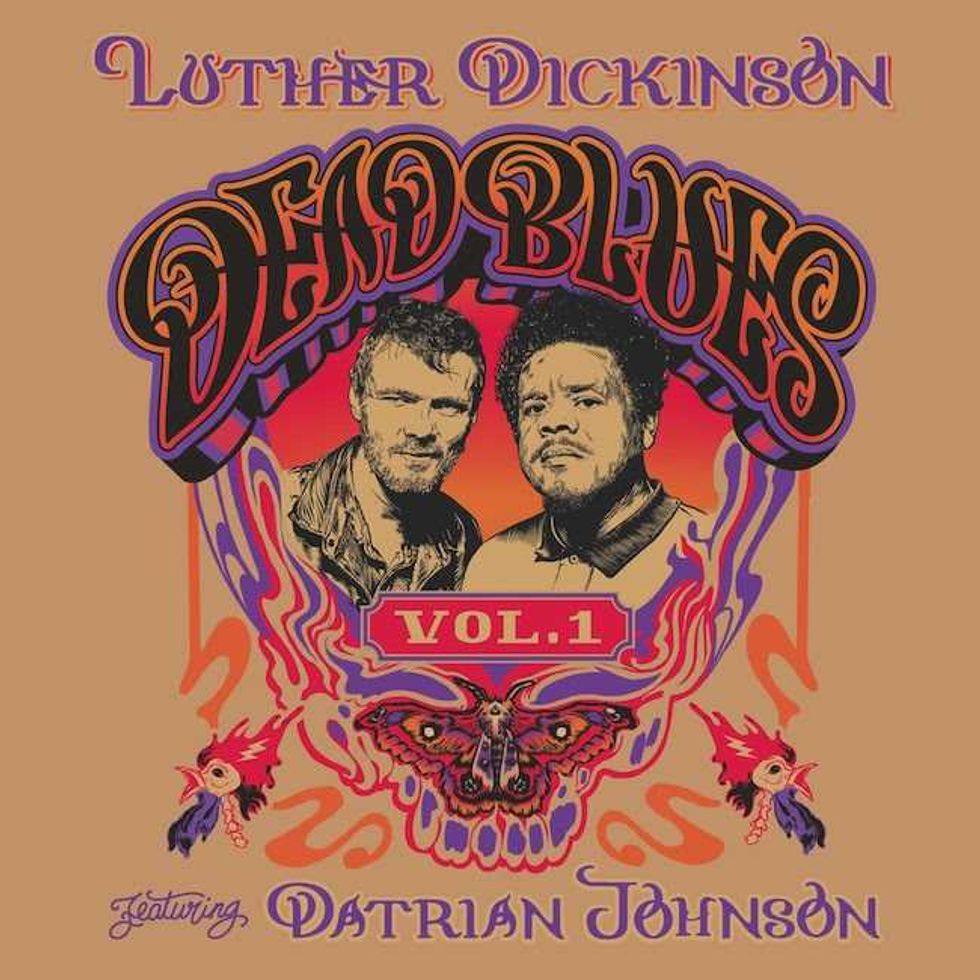
Dead Blues Vol. 1 reimagines nine blues songs from the Grateful Dead’s repertoire.
“Every great musician—Charlie Christian, Jimi Hendrix—they were all forward-thinking. No one was trying to be old fashioned.”
That same spirit could be found in the Grateful Dead, though Dickinson’s relationship with the band came relatively late. “I didn’t grow up with it. I stayed away from it,” he says. That changed in 2013, with Phil Lesh’s invite. “We jumped at the opportunity and studied up on the catalog,” Dickinson recalls. The education deepened over years of performances, particularly at Lesh’s venue Terrapin Crossroads. “Most of our work was on the West Coast, but then when Phil took me to New York and I saw the East Coast Deadheads, I was like, ‘Holy shit.’ They were singing along to every word. It’s not just the parking lot and the dancing and the jamming. It’s the songs.”
That realization also deepened Dickinson’s appreciation for Robert Hunter’s lyrics, which he calls, “pure, classic Americana, on a par with Dylan, I think,” he says. “That generation, Garcia as well, they weren’t hippies, they were beatniks. They were older than the hippies. They grew up reading Jack Kerouac and listening to the radio. They remember before rock ’n’ roll. That generation of writers that grew up like Dylan and Hunter and my dad—they grew up listening to the radio before TV, and they had a way with words that will never come again.”
Dickinson dedicated Dead Blues Vol. 1 to Lesh, who passed away in October 2024. “Phil changed my life,” Dickinson says. “He welcomed me into his crew, taught me his repertoire, shared his improvisational approaches, and introduced me to a whole new community of musicians. This record reflects Phil’s wild musical spirit and approach to reinterpretation.”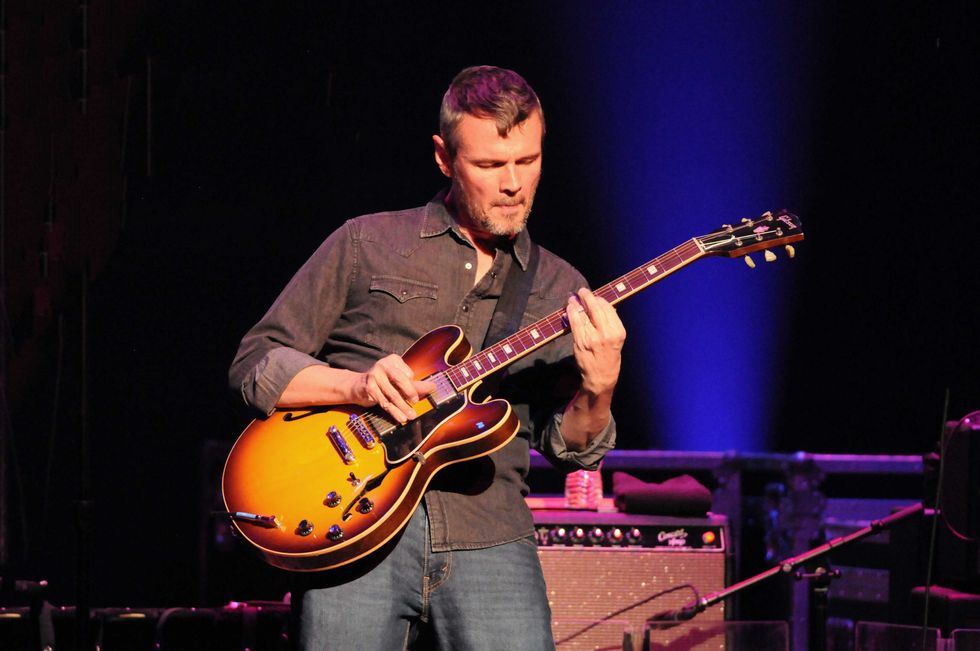
Dickinson combines slide guitar with synthesizer on Dead Blues Vol. 1.
Photo by Jim Summaria
“When Phil [Lesh] took me to New York and I saw the East Coast Deadheads … they were singing along to every word. It’s not just the parking lot and the dancing and the jamming. It’s the songs.”
That wildness manifests in bold instrumental choices and fearless reimagining. The omnichord, played by Paul Taylor, adds an otherworldly shimmer. Ray Ray Holloman’s pedal-steel work provides both traditional country blues flavor and sci-fi textures. Steve Selvidge’s “space-funk guitar” creates grooves that feel simultaneously vintage and futuristic. Selvidge has been in Dickinson’s orbit since childhood—their fathers played in a band together. “Steve is so multifaceted,” Dickinson says. “He can play country blues like his dad, he can play rock ’n’ roll—he’s my favorite rock ’n’ roll player of my peers. With the Hold Steady he’s straight rocket. But space funk, that’s the style he’s playing on this record.”
For his part, Dickinson discovered that synthesizers could intertwine with slide guitar in ways that feel both ancient and futuristic, which can be heard throughout the album, particularly on tracks like “Little Red Rooster” and “High Heeled Sneakers.” “I realized a synth can be as expressive as a slide guitar,” he says. “And I’ve never experimented with slide guitar and synths together before, which was really fun. I was like, ‘These sound cool.’”
Perhaps the track that best exemplifies the album’s aesthetic is “Who Do You Love,”—a Bo Diddley classic transformed by layers of funk guitar and bass, DX7 synthesizer, cajon, and omnichord into something that sounds like it could soundtrack a midnight drive through Mississippi on Mars. Yet Dickinson’s guitar work, added last, references the original melody, grounding the experimentalism in tradition. “That one worked really nicely,” Dickinson says, especially when we realized we could put the hook over that melody. And then Datrian made it so smooth.”
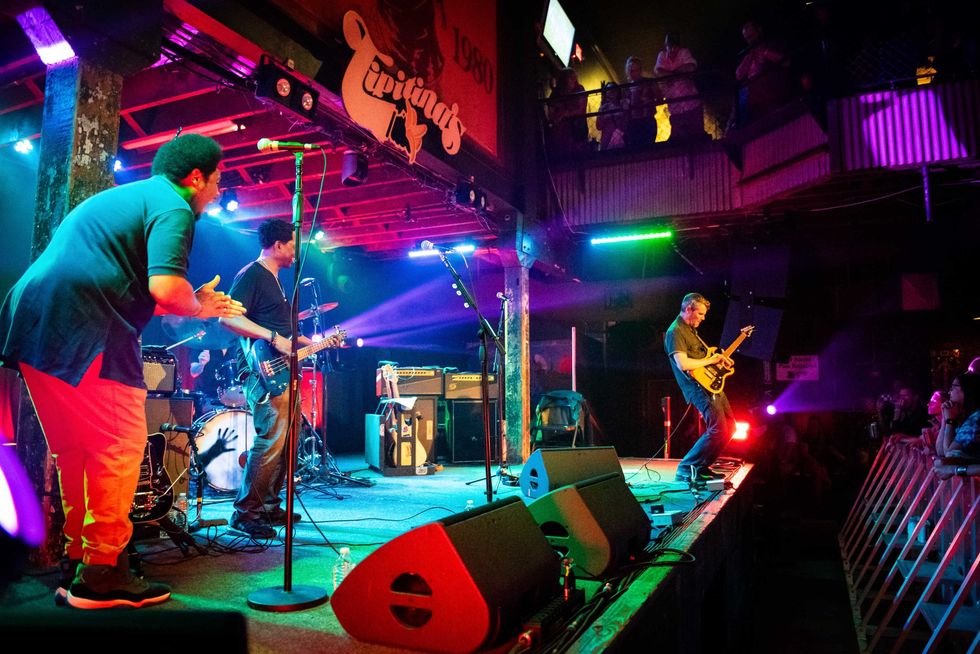
Dickinson steps out front for a solo at Tipitina’s.
Photo by Camilla Calnan
“I realized a synth can be as expressive as a slide guitar.”
For Dickinson, Dead Blues represents the next step in a significant shift in his approach to guitar. “During 2020, I sold most of my Gibsons,” he reveals. “I grew up playing Les Pauls and 335s, and I just got burned on that very sound I used to strive for—the neck pickup, midrange feedback, sustain, fat, oozy tone. It started hurting my ears. I think it was just too much of a good thing.”
Dickinson says there were “a lot of things” that led to him changing up his sound, but working with Phil Lesh was an important factor. “Playing with Phil, I was finally able to become comfortable playing clean as opposed to relying on distortion or fuzz. It really changed my life. My whole time I’ve been trying to make an electric guitar respond like an acoustic guitar. And what really turned me on was that Steve Selvidge gave me a guitar, a partscaster, with Lollar Regal pickups—Fender-style wide-range humbuckers. Man, those pickups are so cool because they’re a quiet humbucker, but they don’t sound like a PAF or whatever. They’re beefier than a Strat, kind of like a civilized gold-foil. Those pickups just changed my life. And then my friends and I started making guitars called Vibratone. Those two guitars are a lot of what you hear on the album.”
Even as Dickinson releases Dead Blues Vol. 1, he’s characteristically busy with multiple projects. North Mississippi Allstars are continuing to tour behind their recent album, Still Shaking, and also preparing for a new studio effort. Additionally, Dickinson reports he’s working on what he calls an “ambient blues” project—“like a folk film score. Instrumental modern acoustic country blues with organic drones.”
In this regard, Dead Blues Vol. 1 is of a piece with Dickinson’s restlessly exploratory approach—whether it’s ambient blues or Dead Blues, he’s always pushing boundaries while staying rooted in tradition. It’s about honoring and celebrating the past more than it is about attempting to preserve it. “American roots music as a whole is worthy of being protected,” Dickinson says. “When old-timers teach you the repertoire, you owe it to them to keep that repertoire alive. But if you can’t evolve and adapt, you won’t survive.”Luther Dickinson’s Gear
Guitars
Partscaster with Lollar Regal wide-range humbuckers
Vibratone prototype
1970s Yamaha acoustic
Gretsch parlor acoustic
Amps
Category 5 signature LD50
Category 5 signature LD30
Strings & Picks
DR Strings (.009–.042)
Fender thin picks
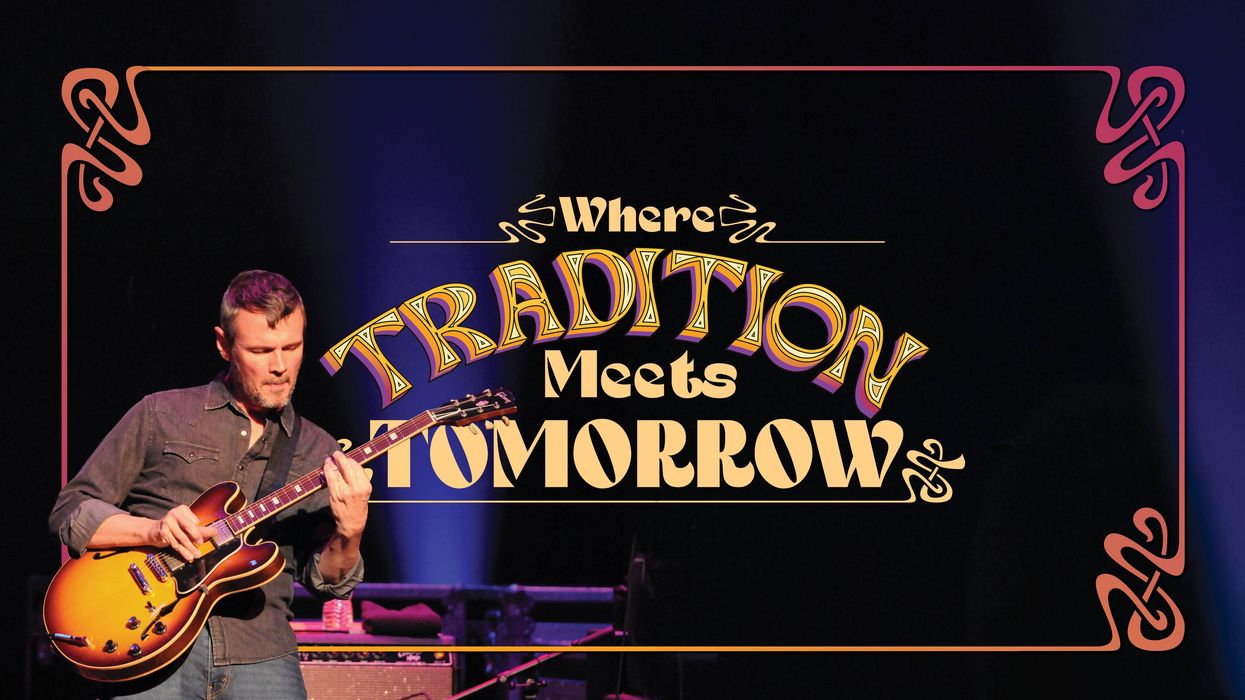

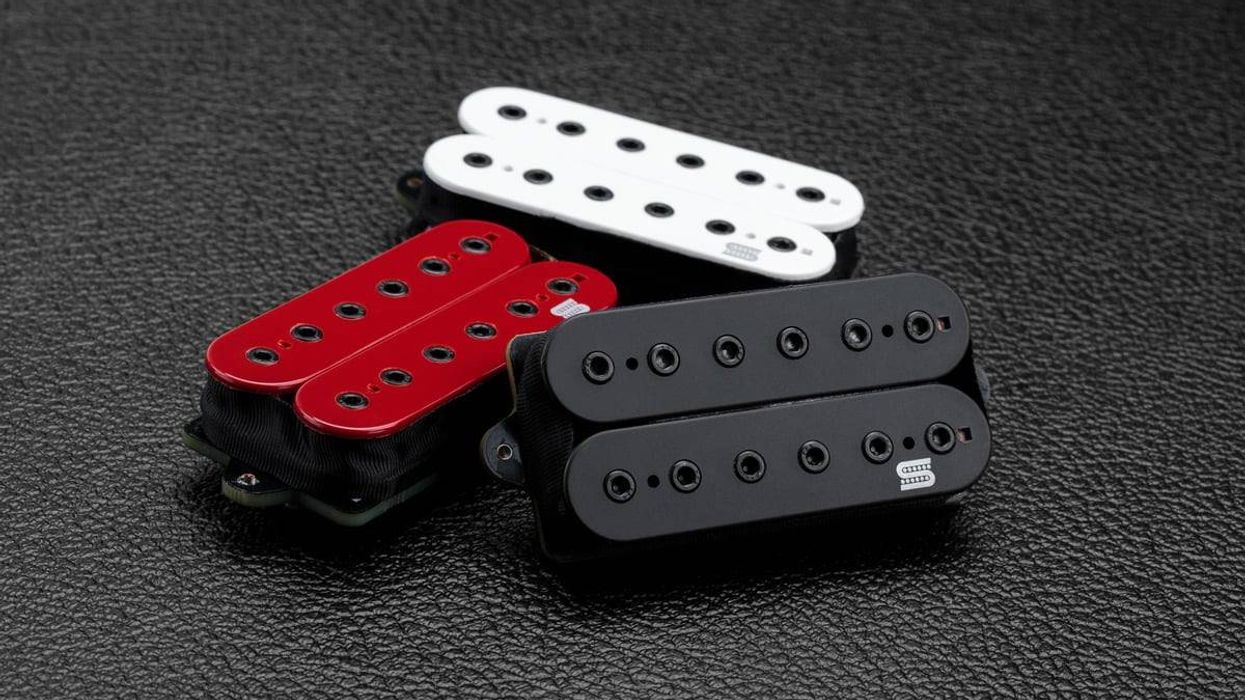
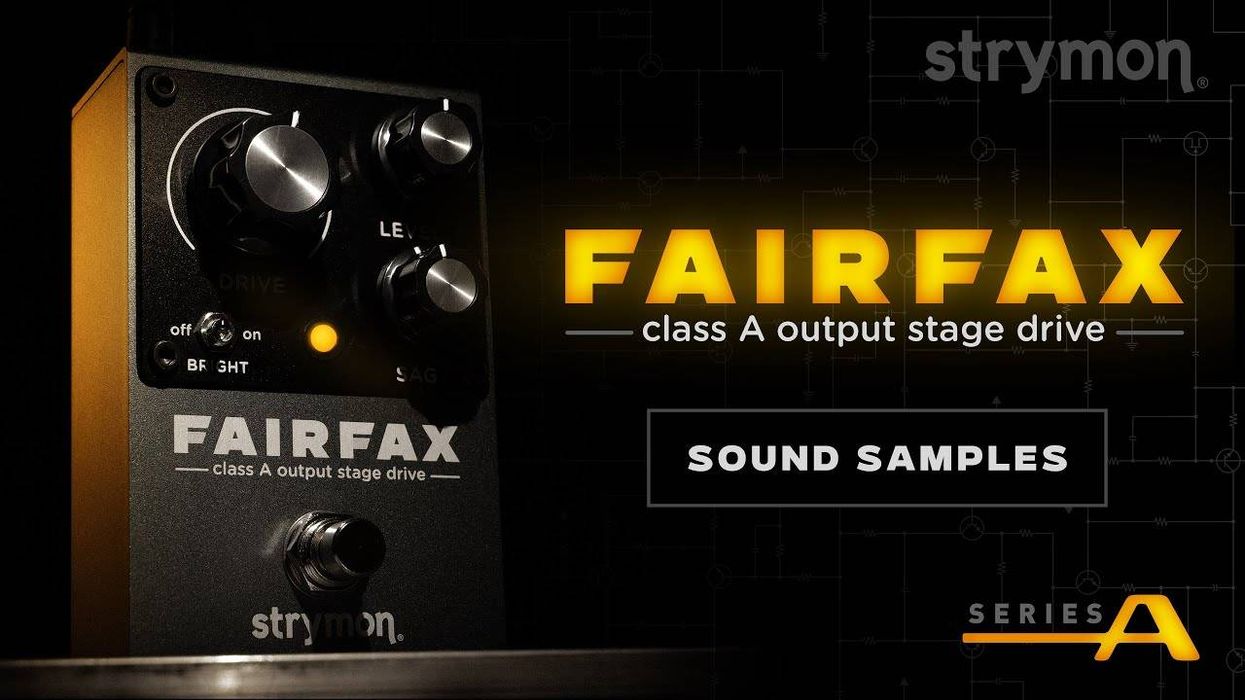
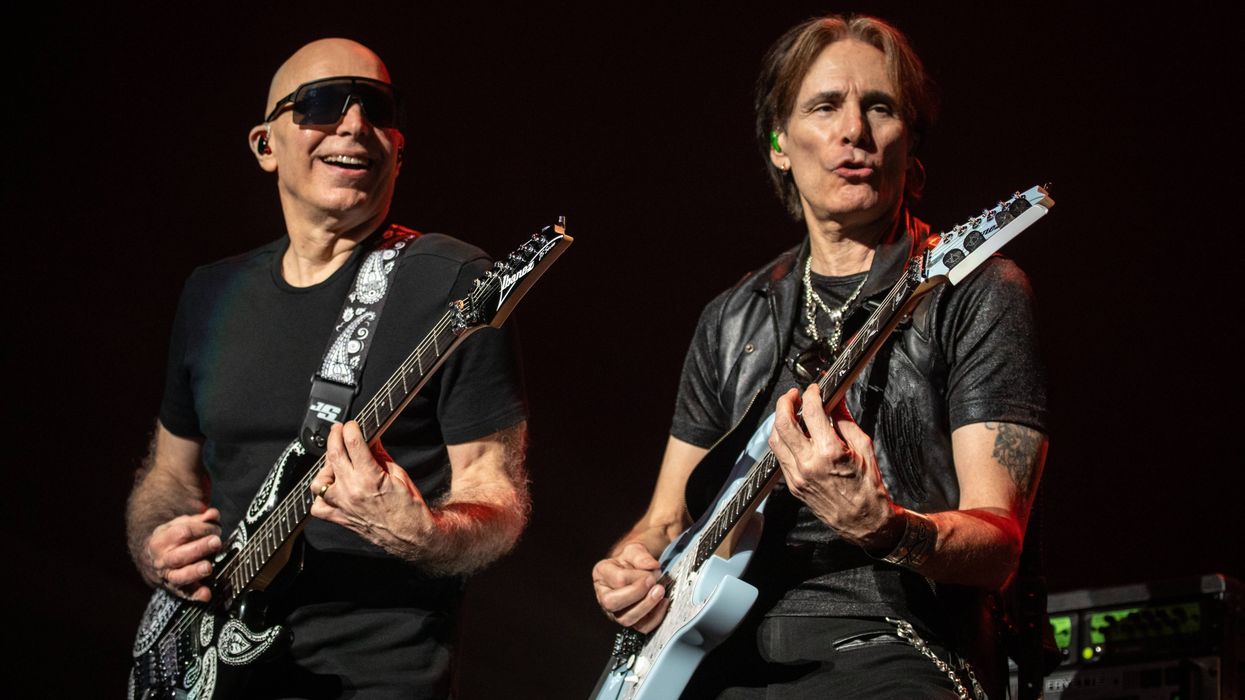
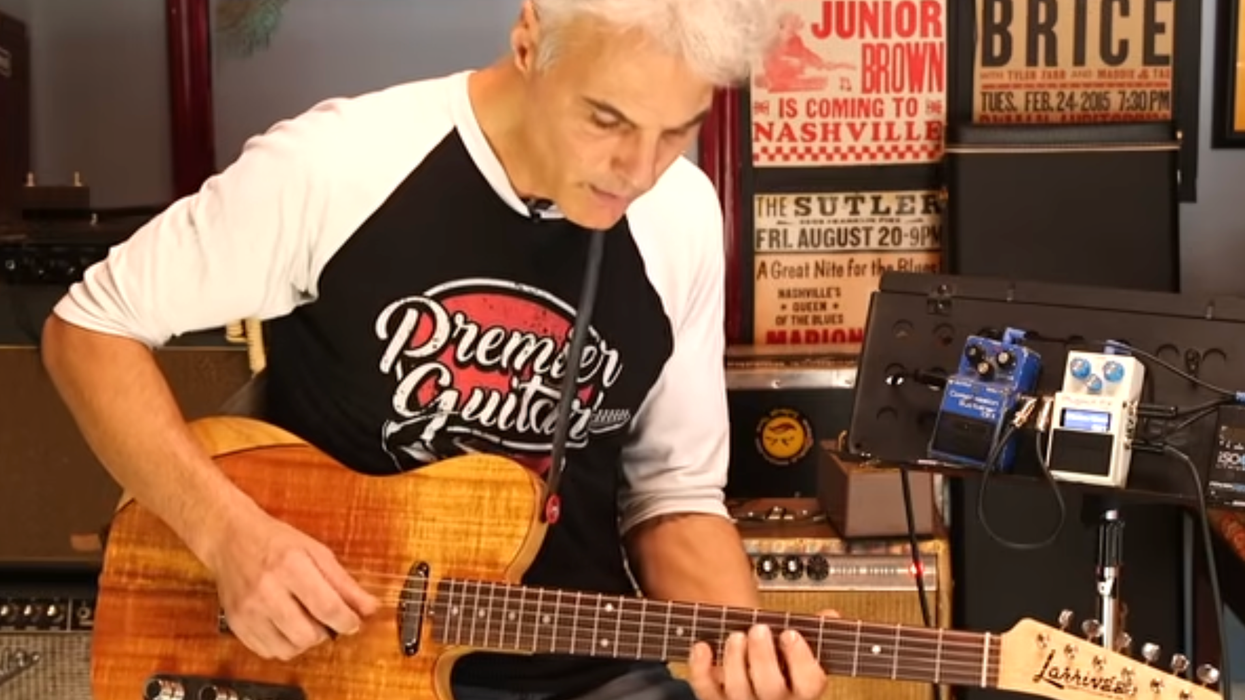
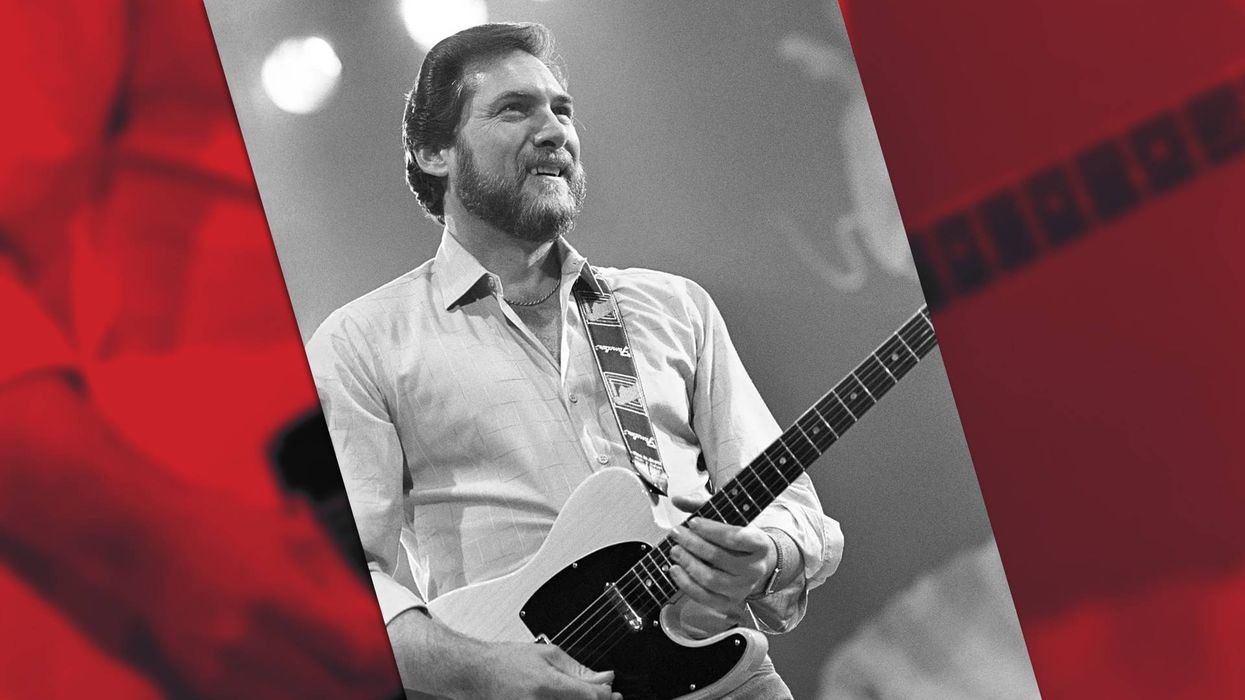
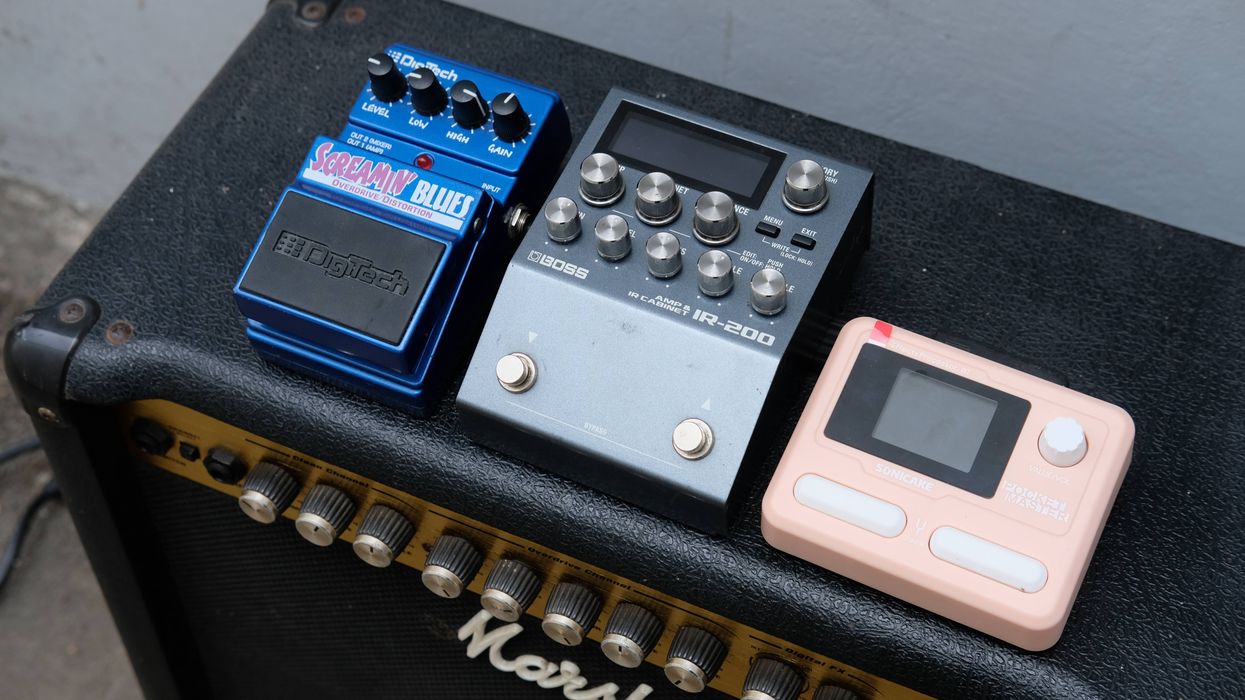
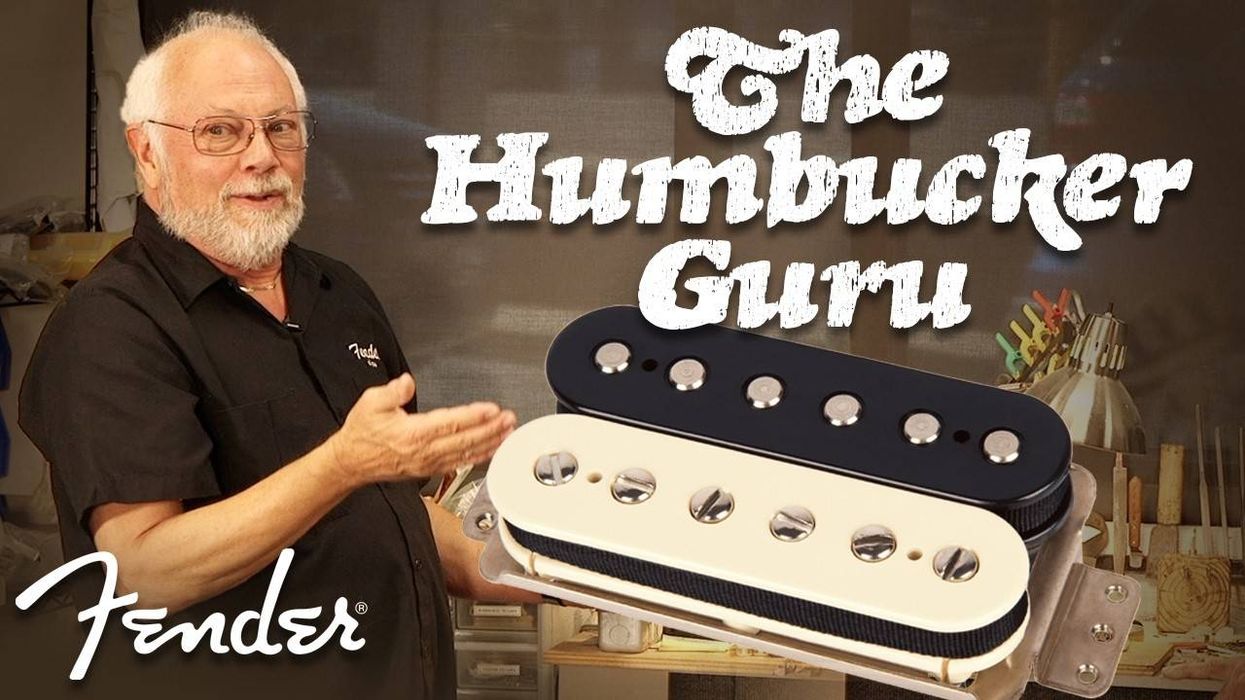
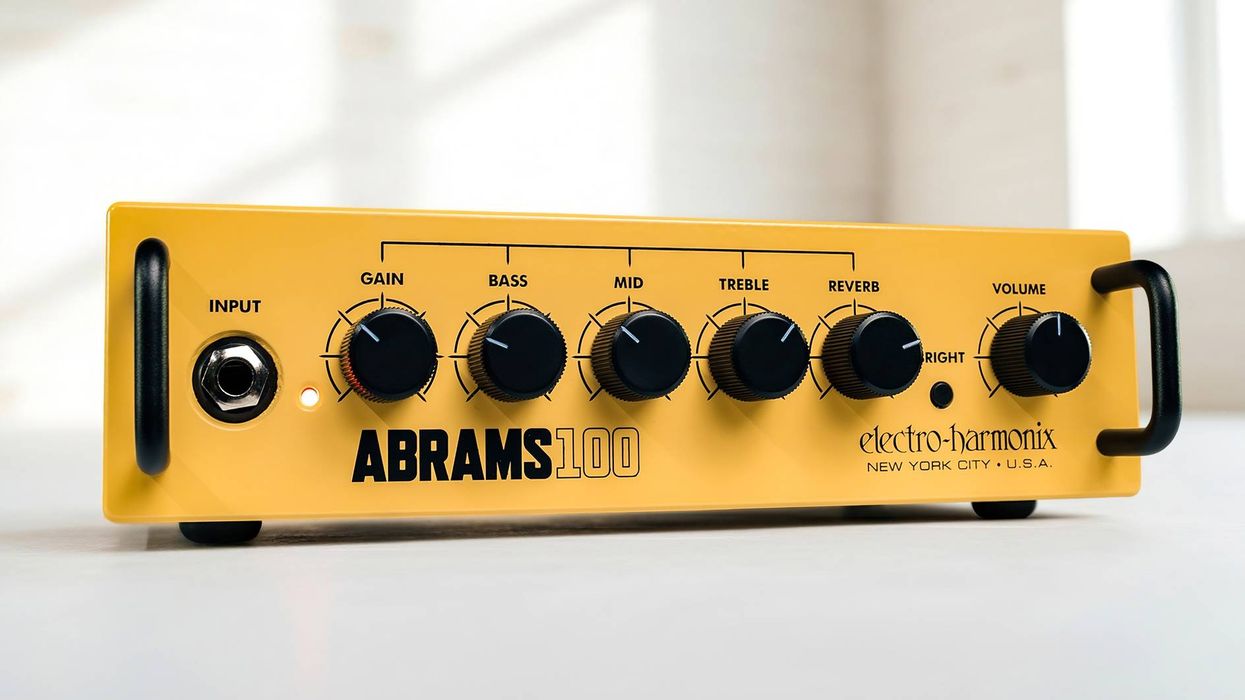
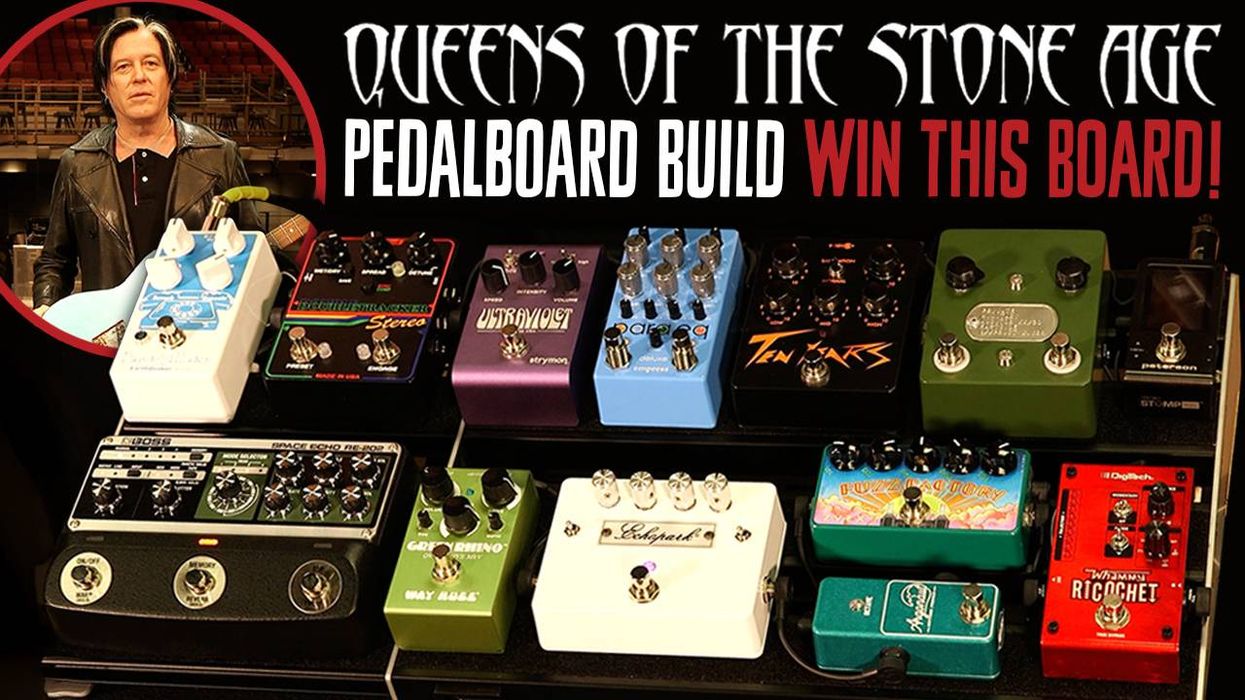
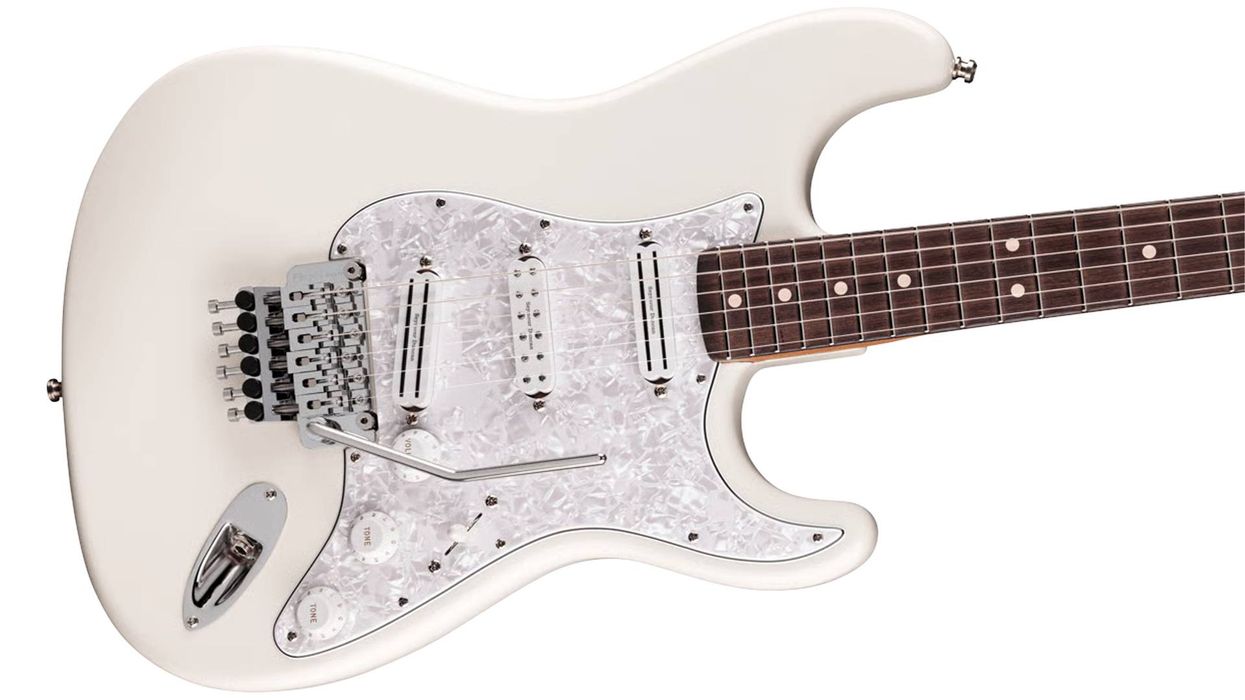
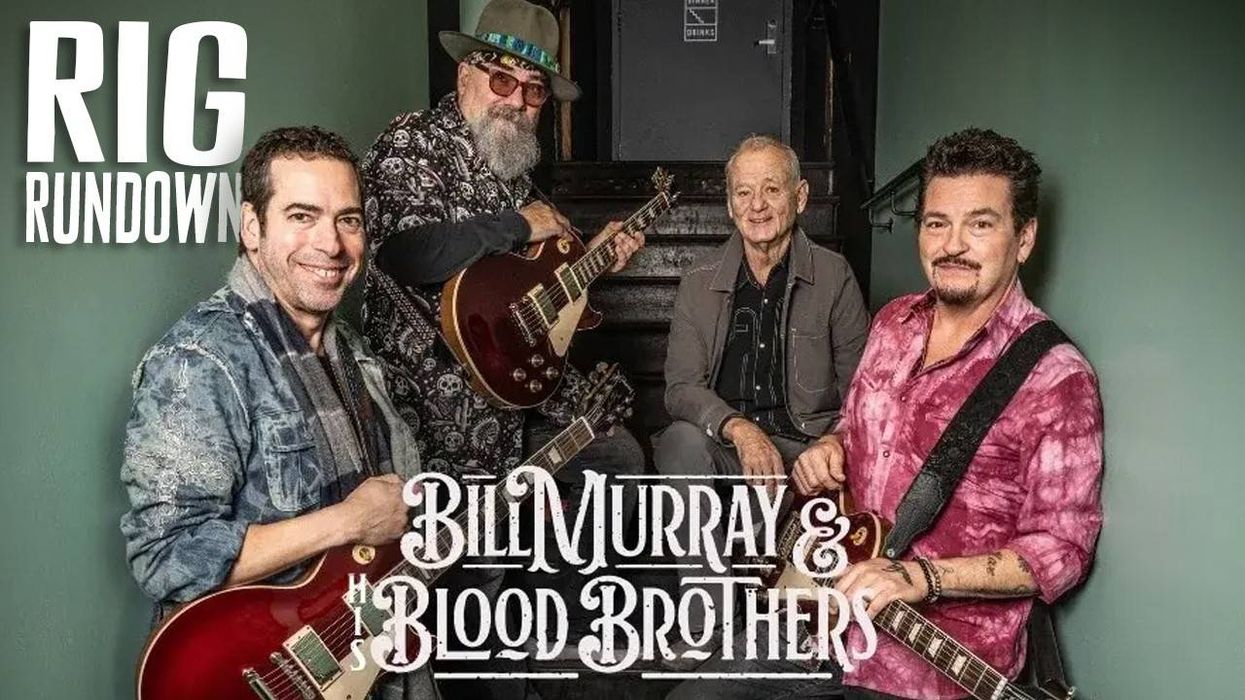
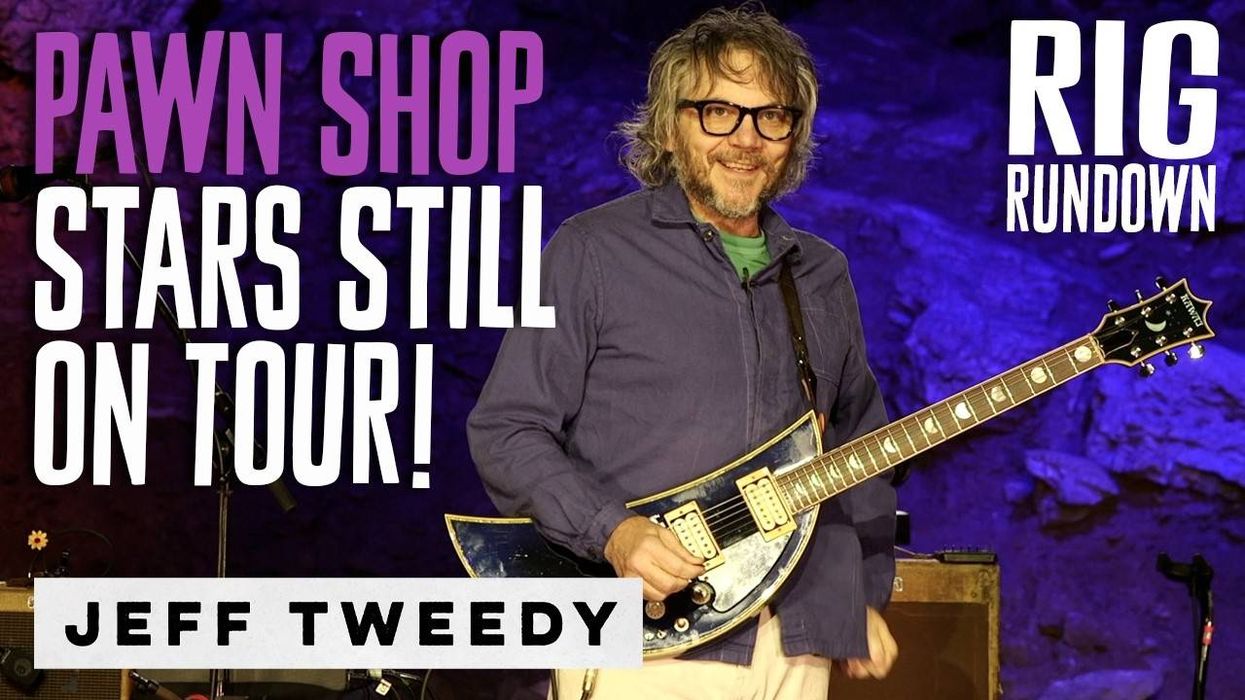
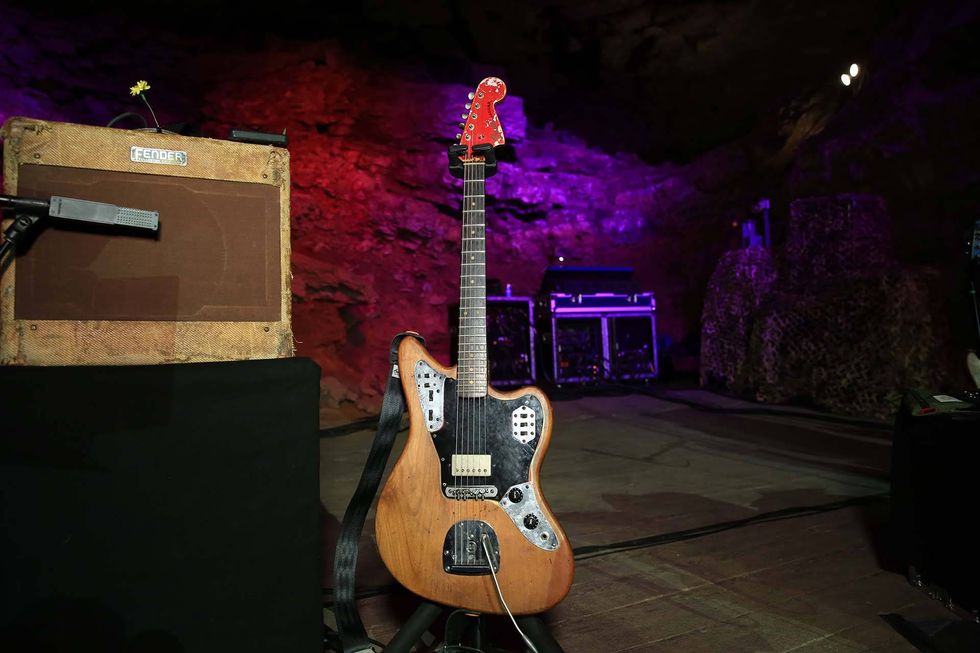
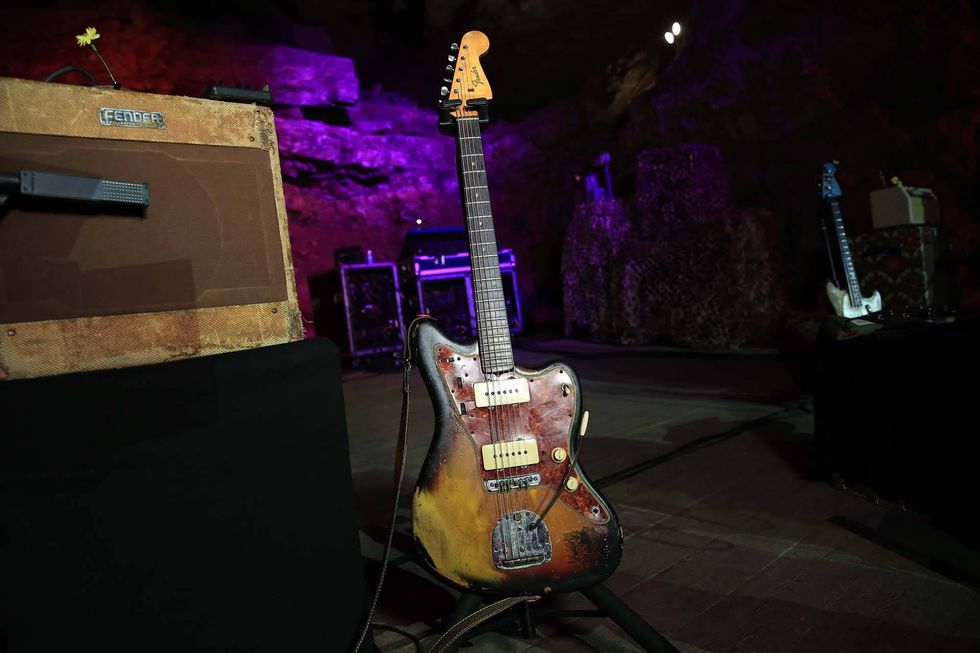
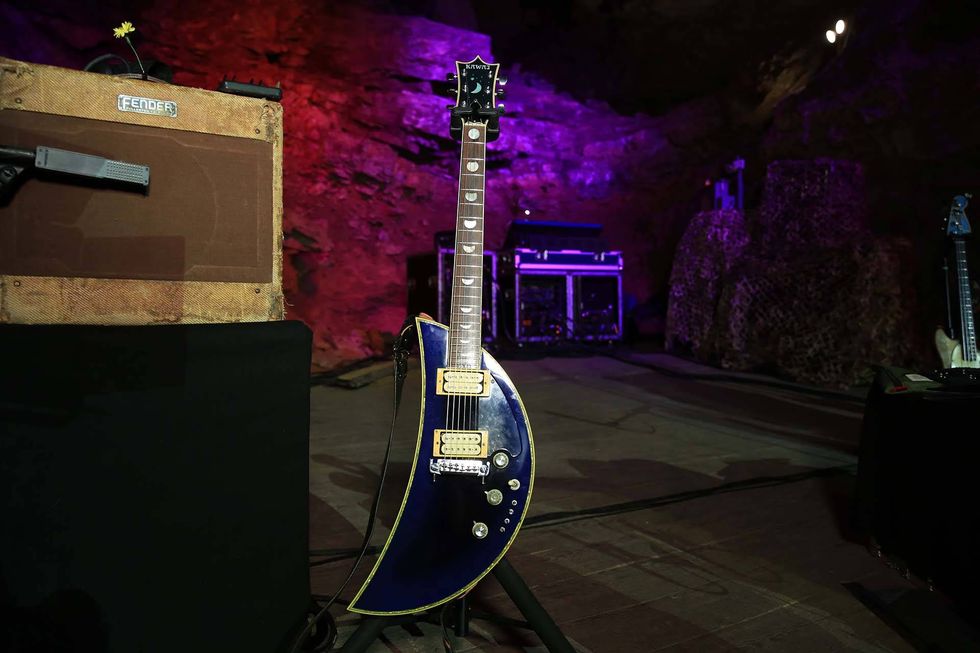
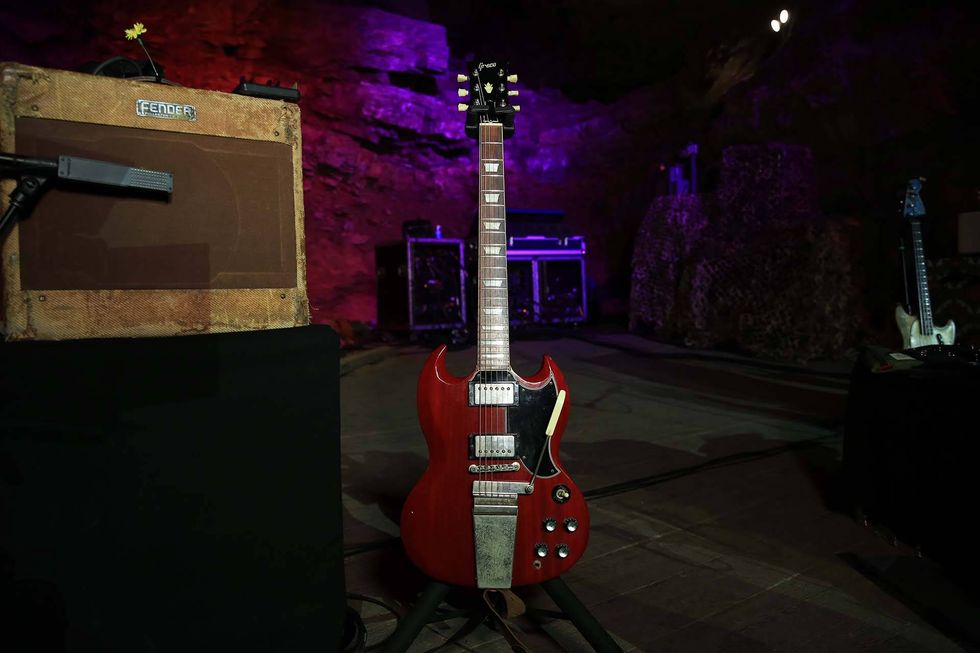
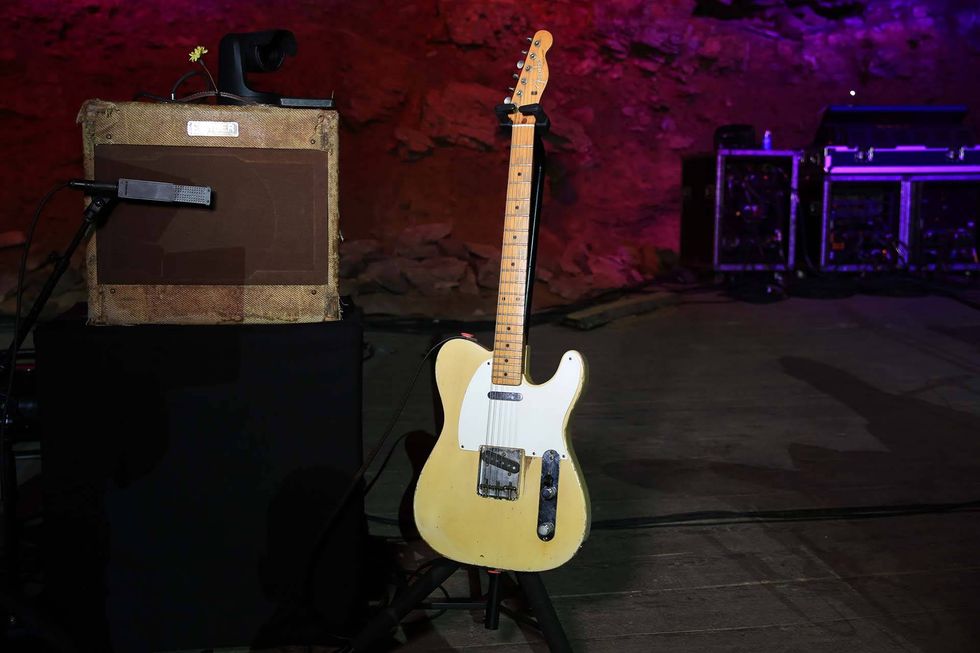
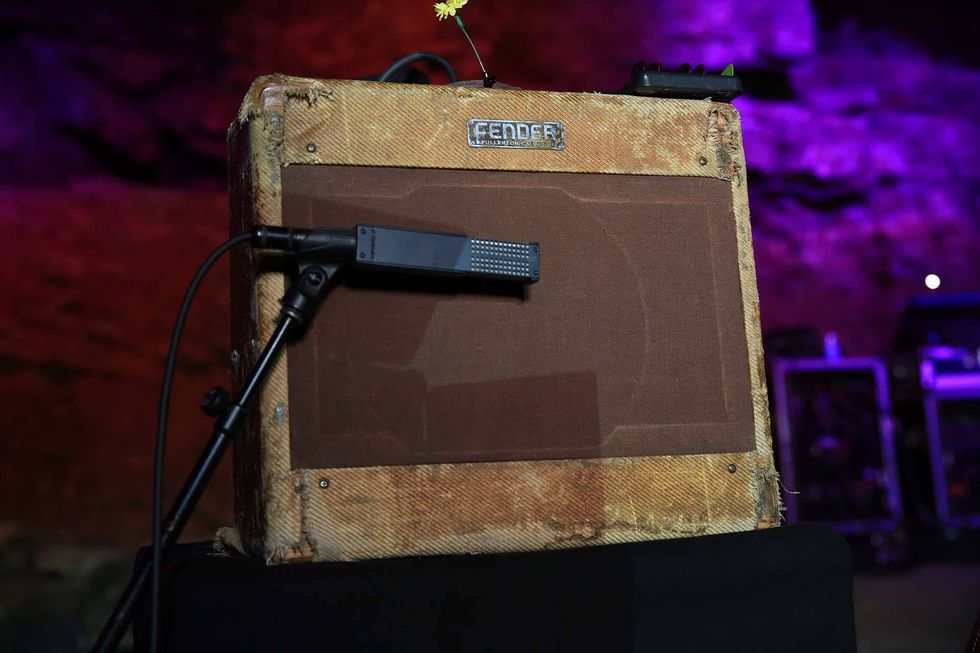
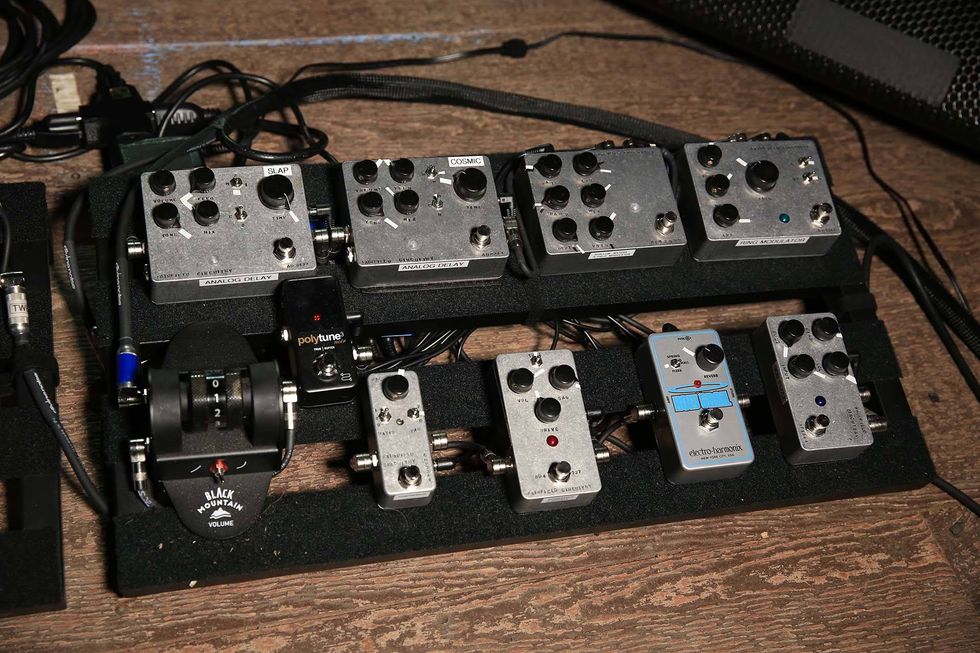
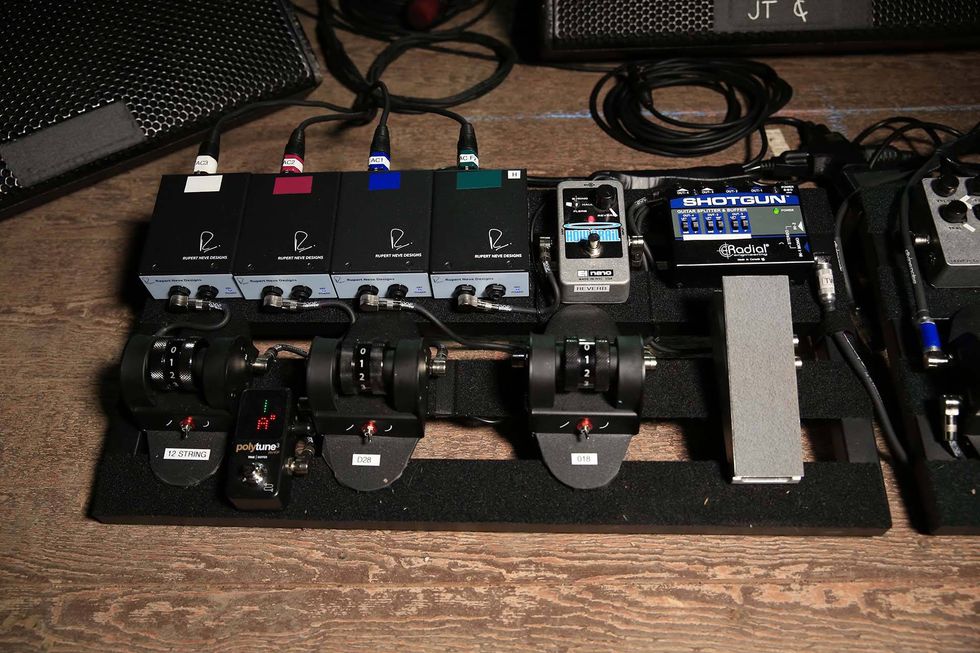

![Rig Rundown: AFI [2025]](https://www.premierguitar.com/media-library/youtube.jpg?id=62064741&width=1245&height=700&quality=70&coordinates=0%2C0%2C0%2C0)
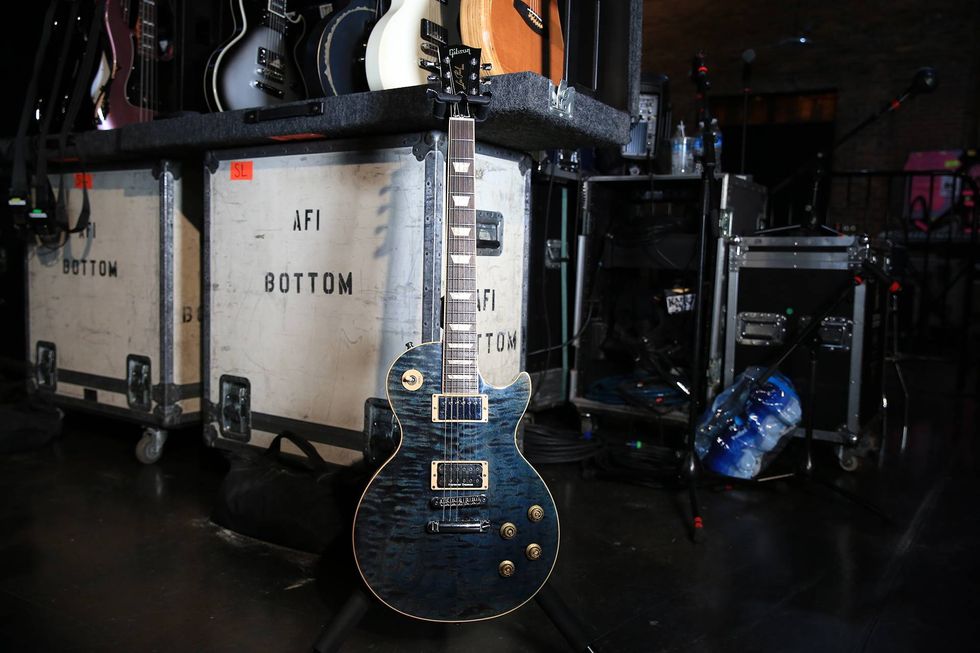
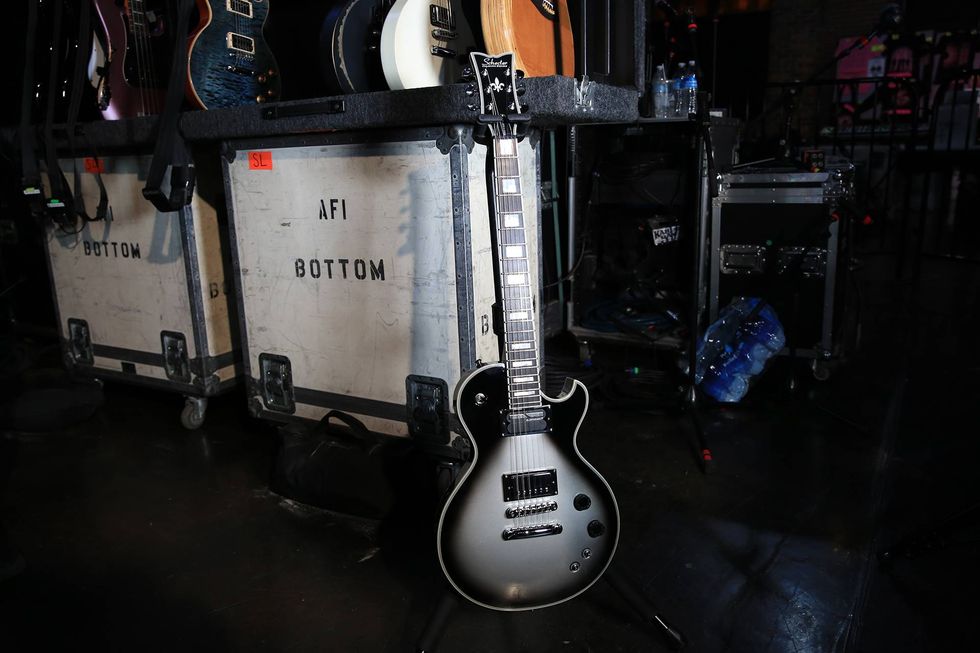
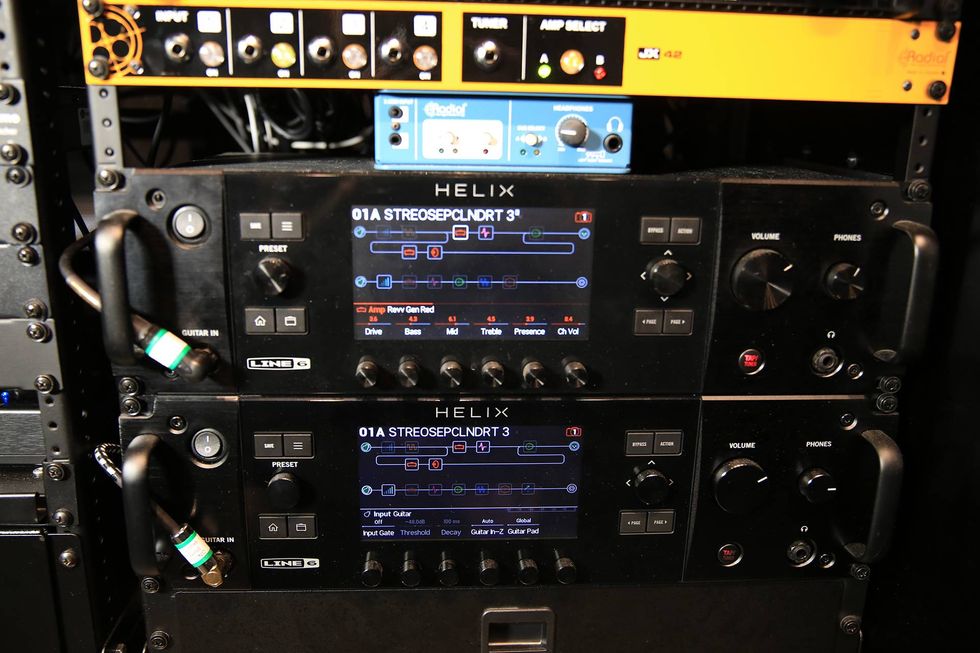
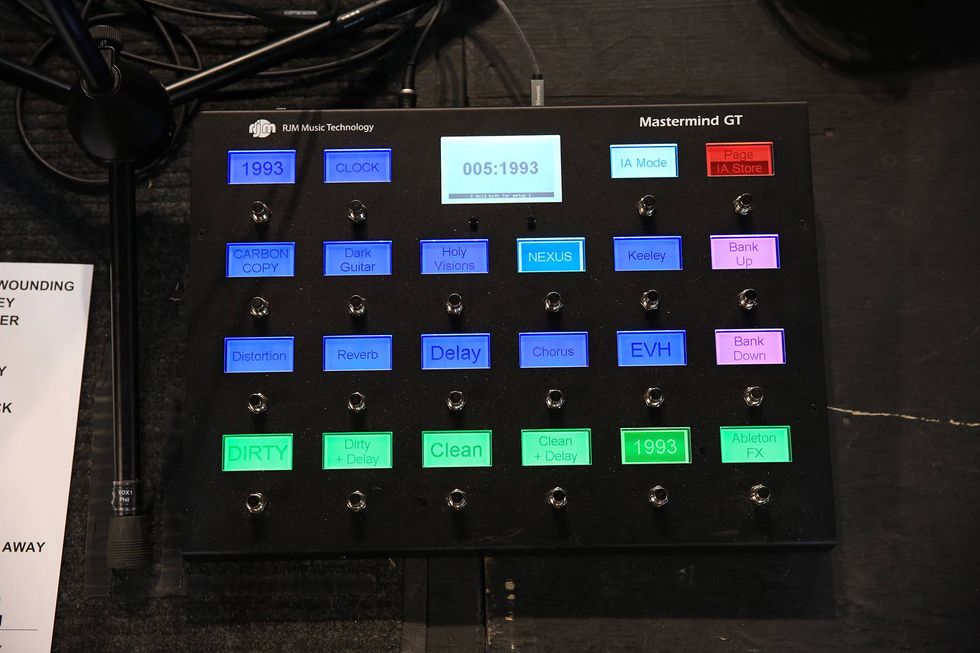
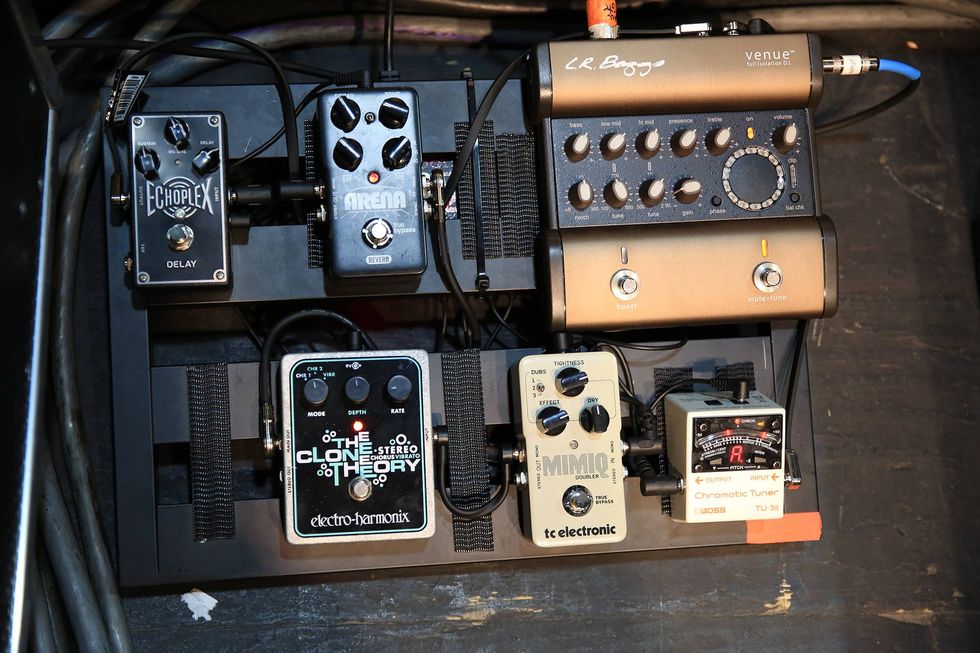
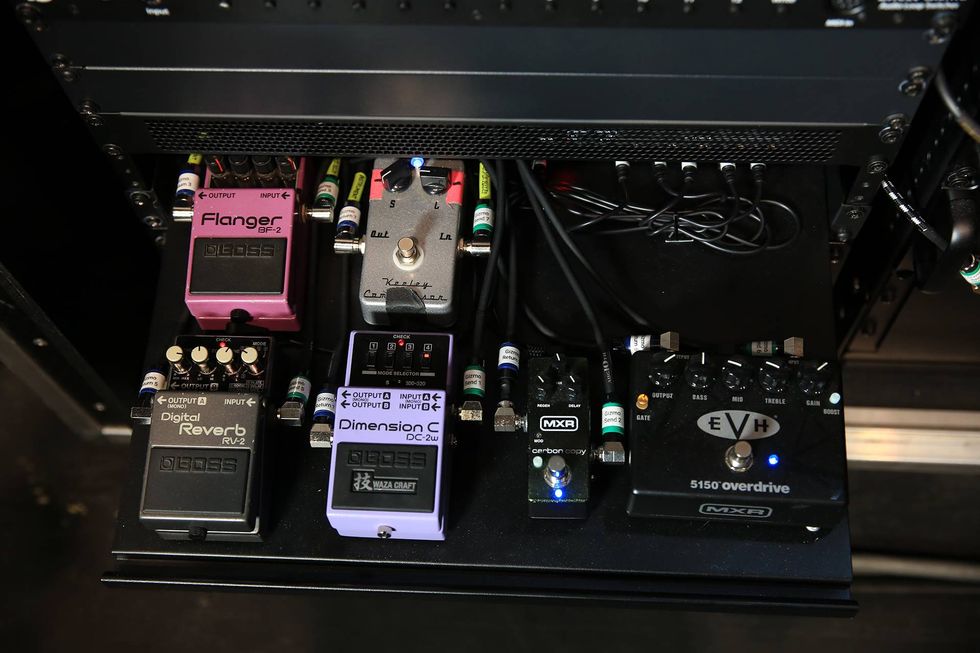
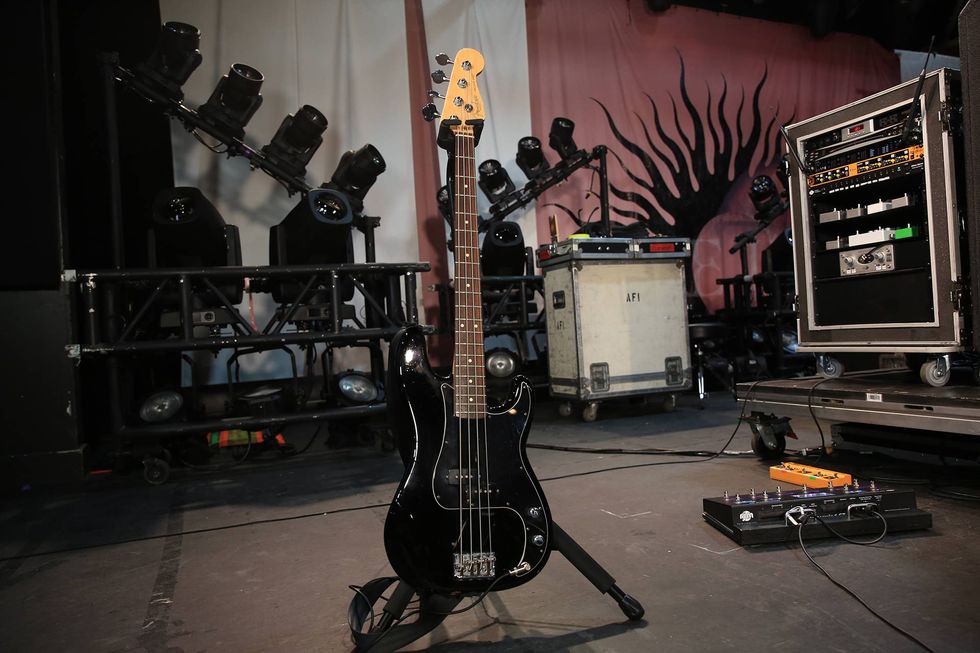
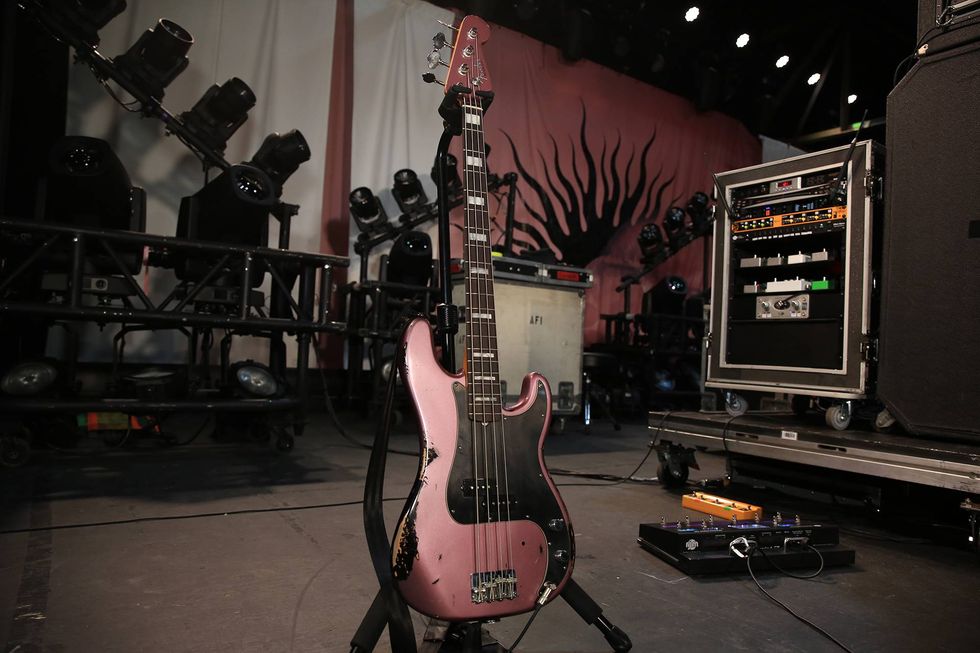
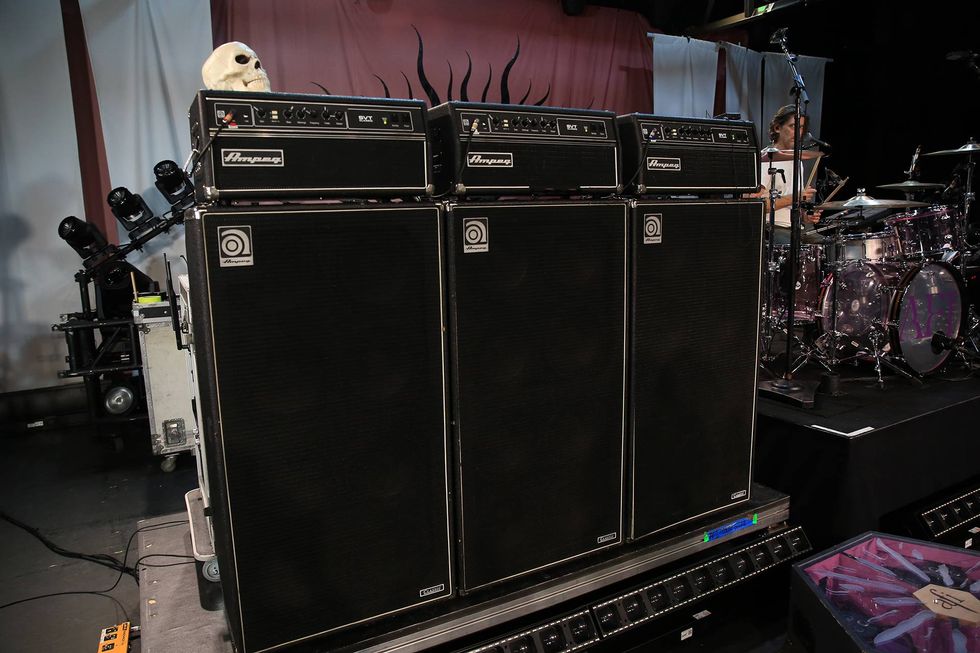
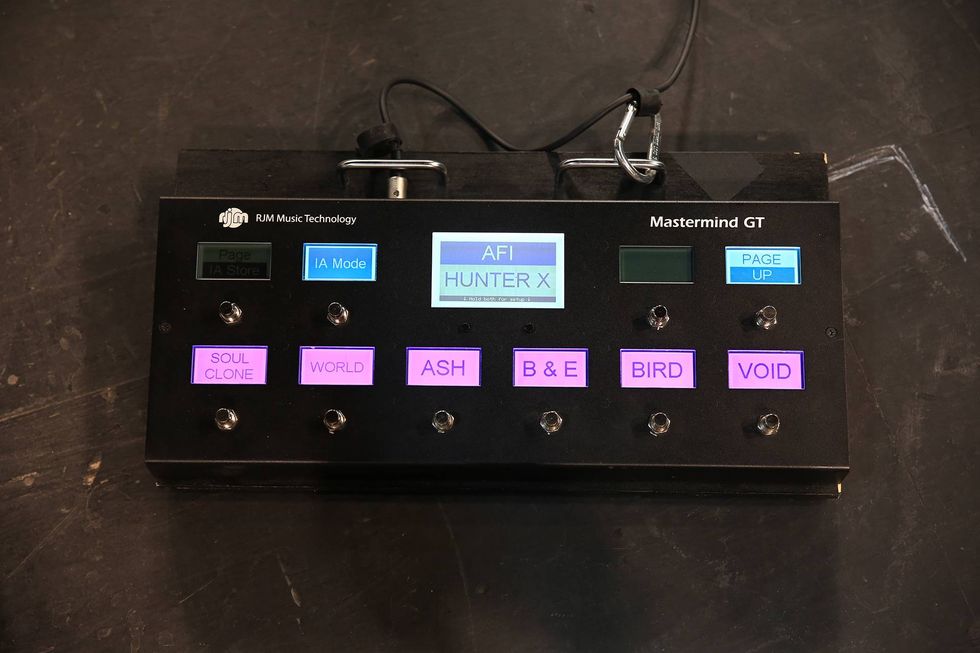
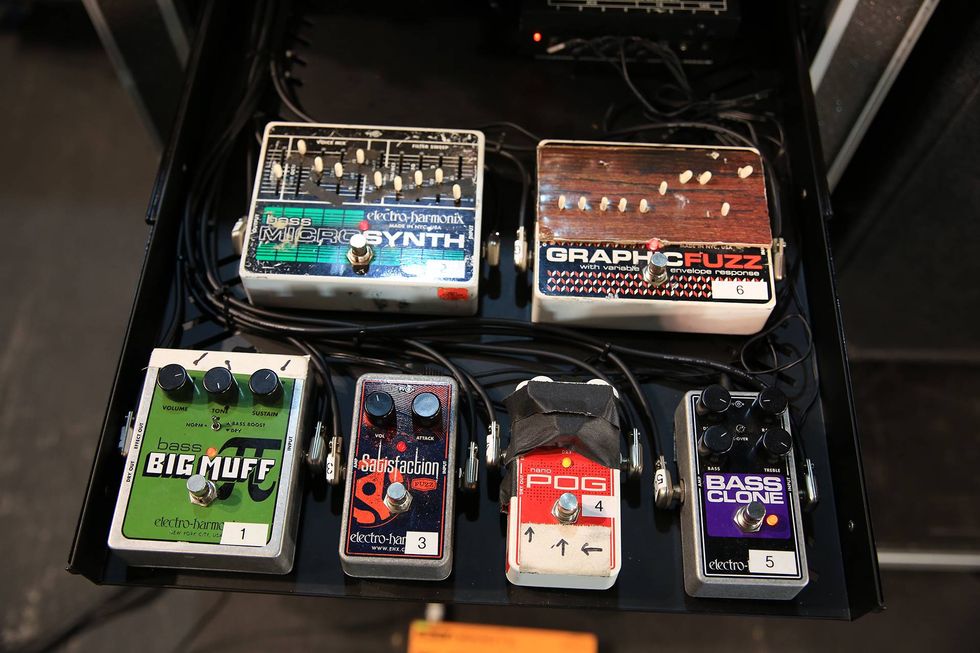
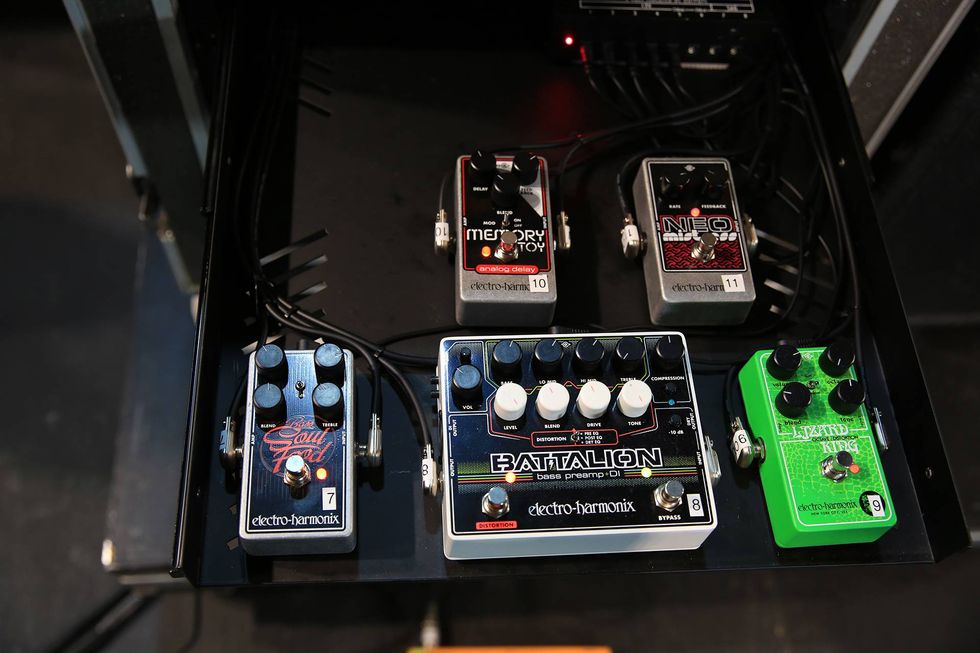
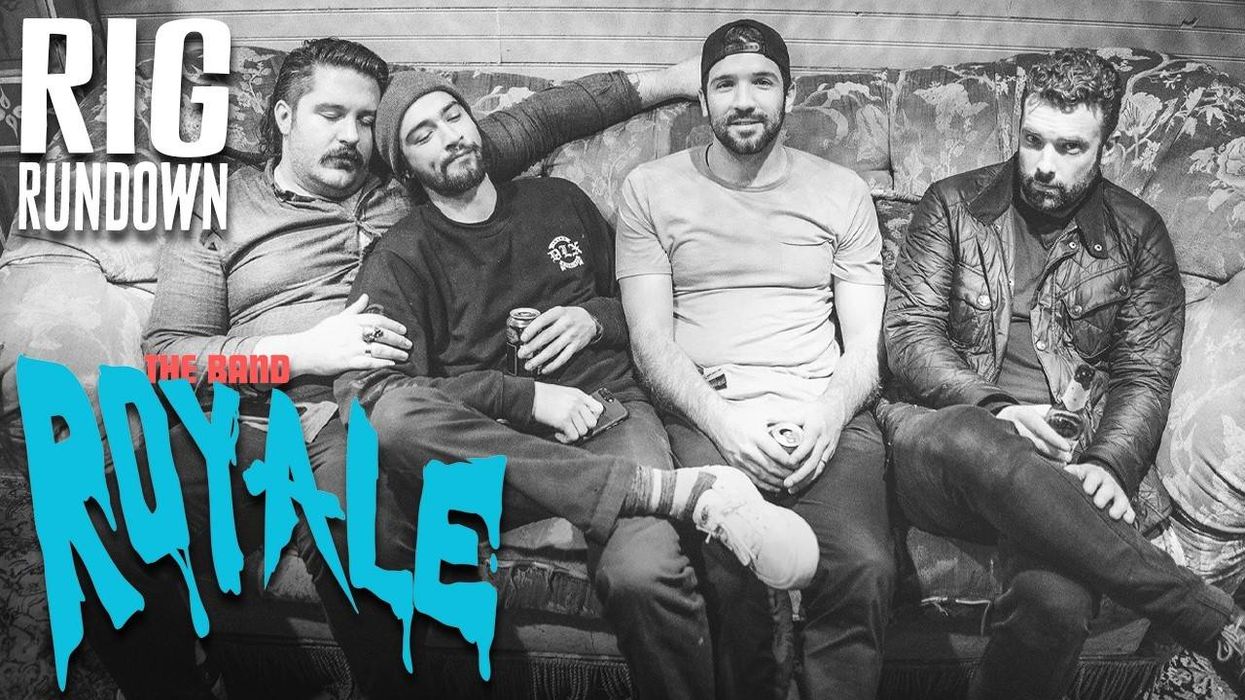
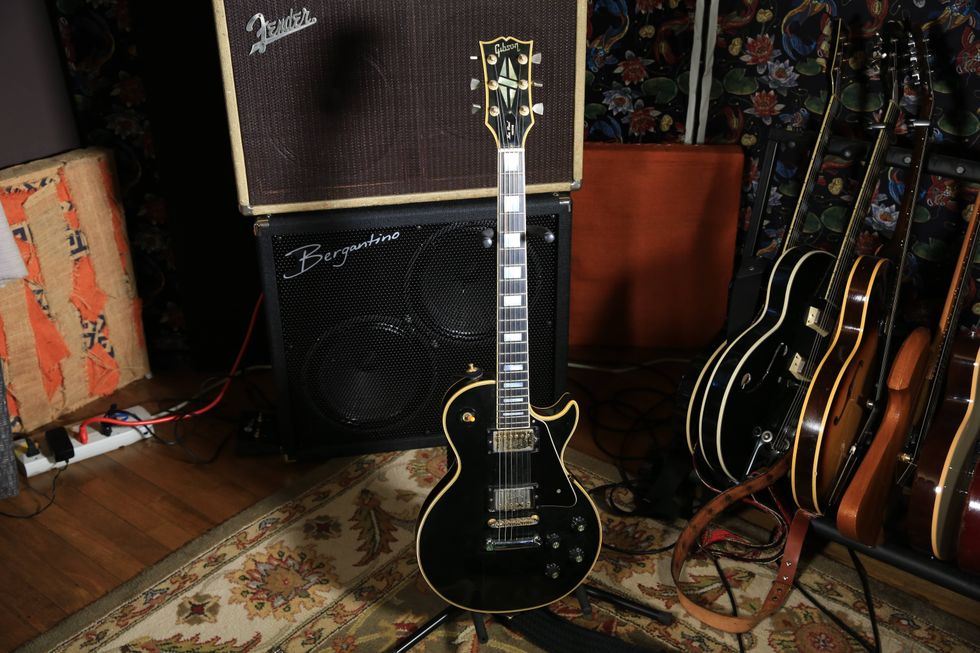
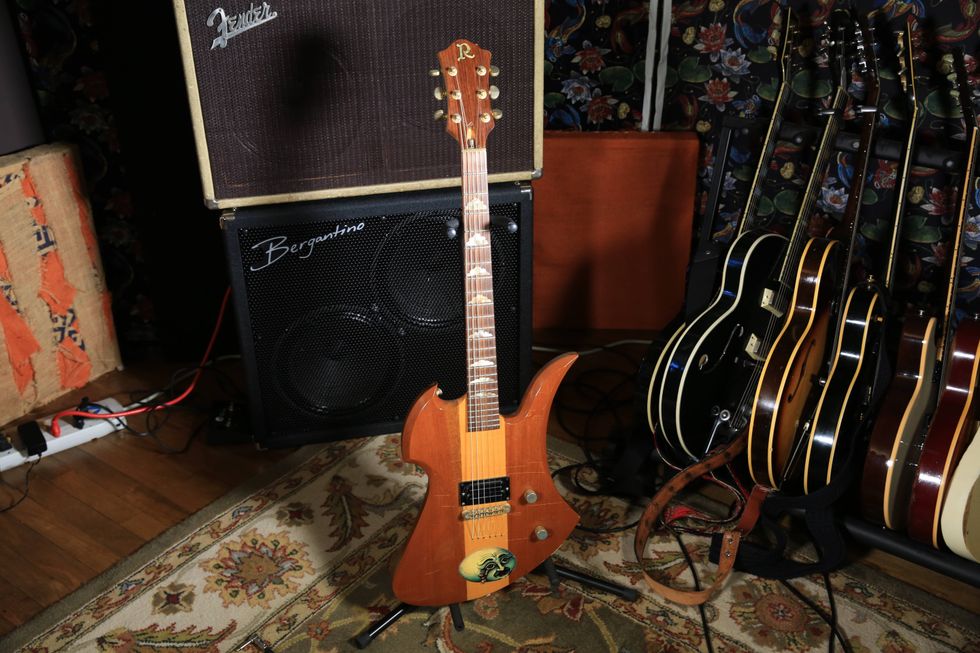
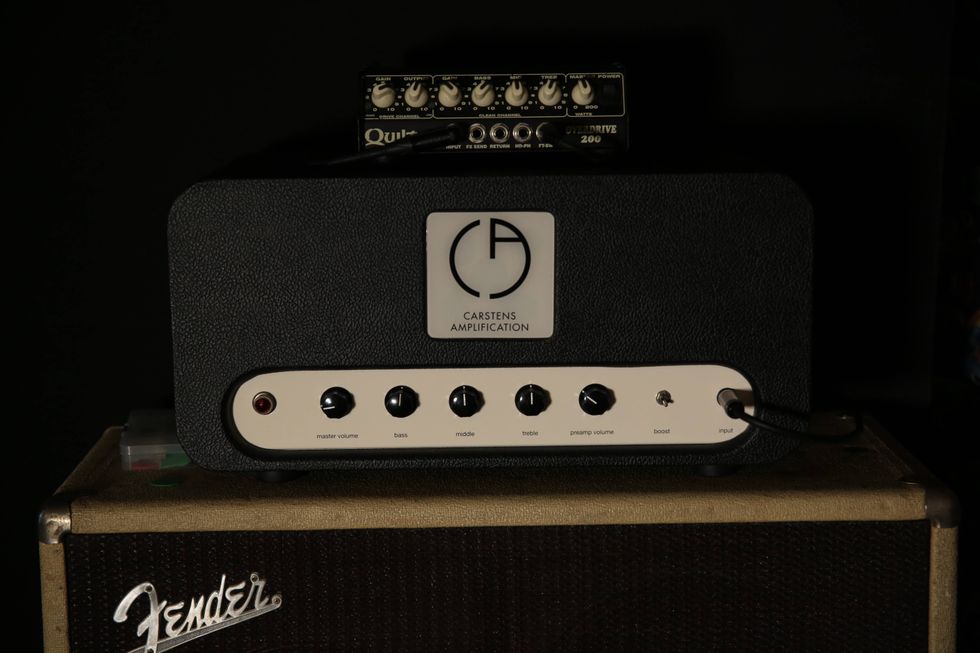
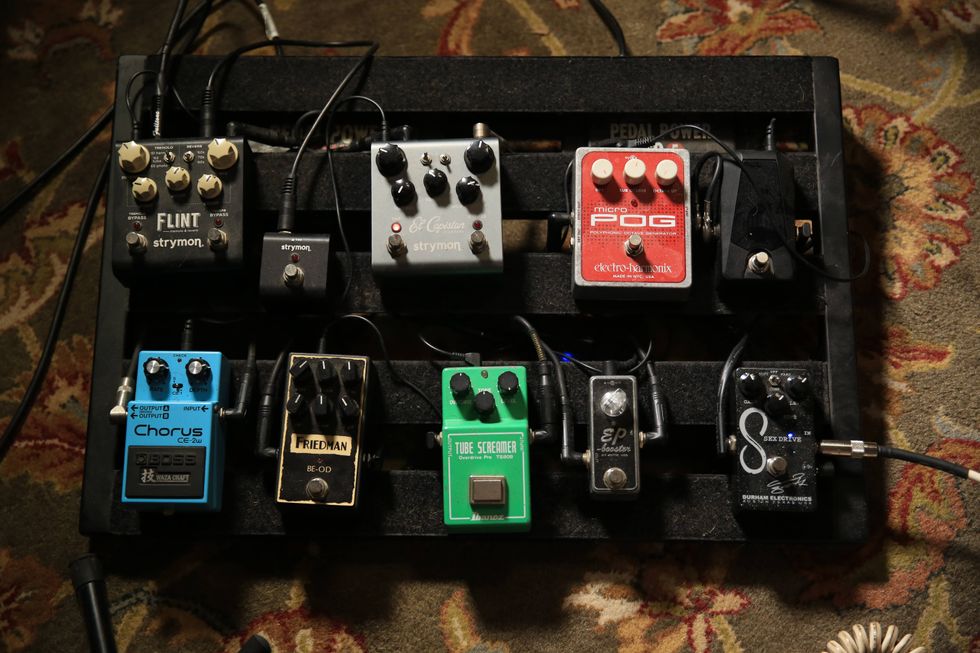
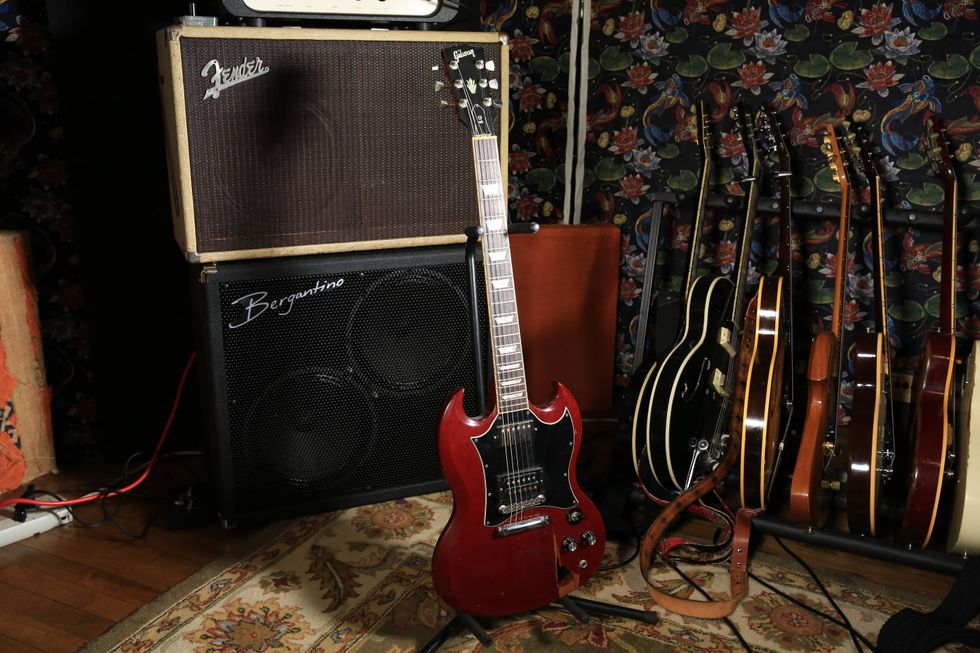
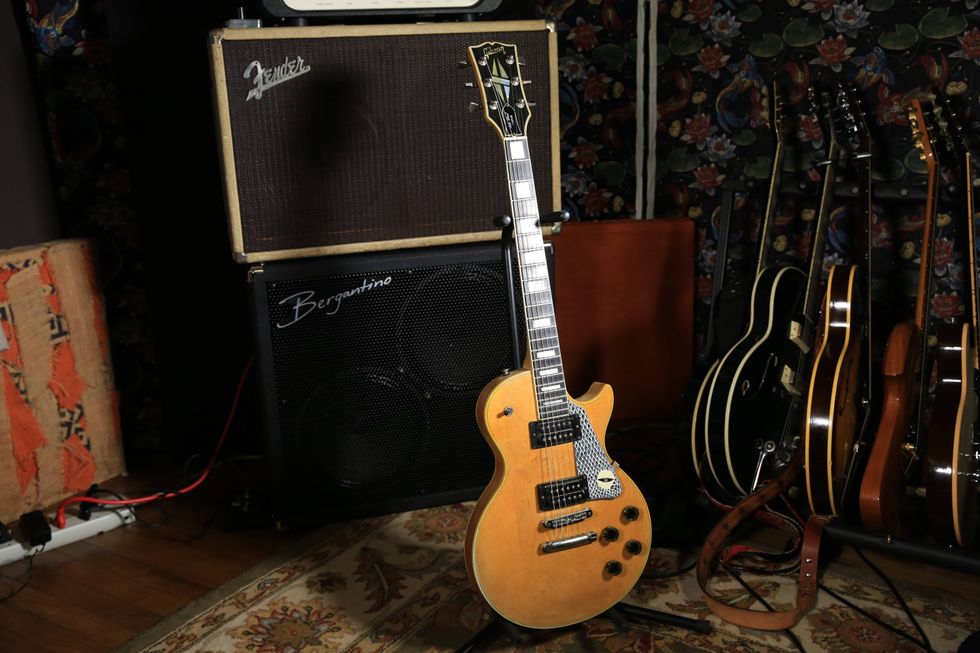
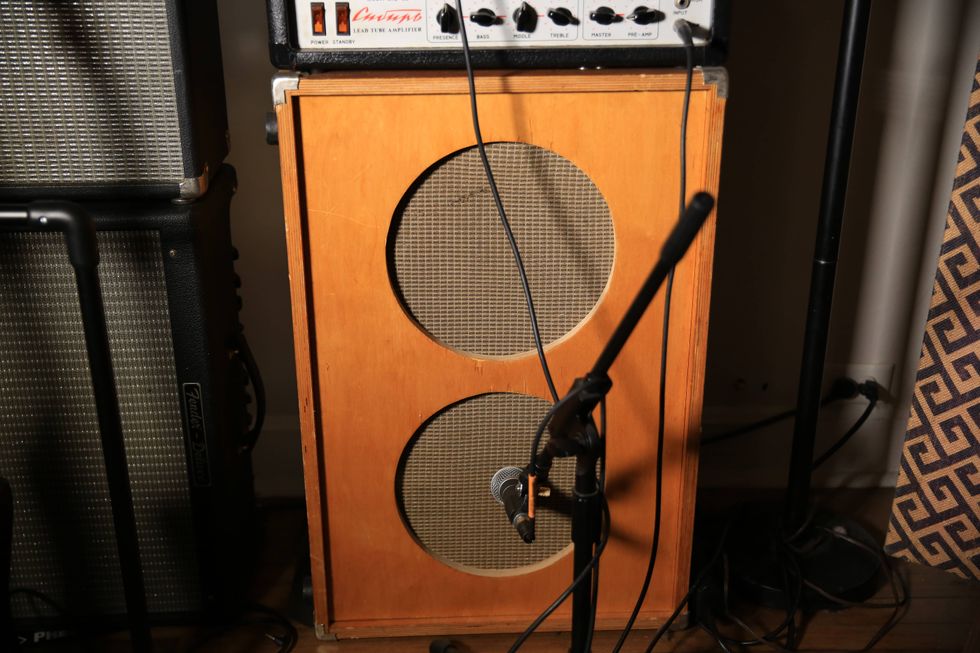
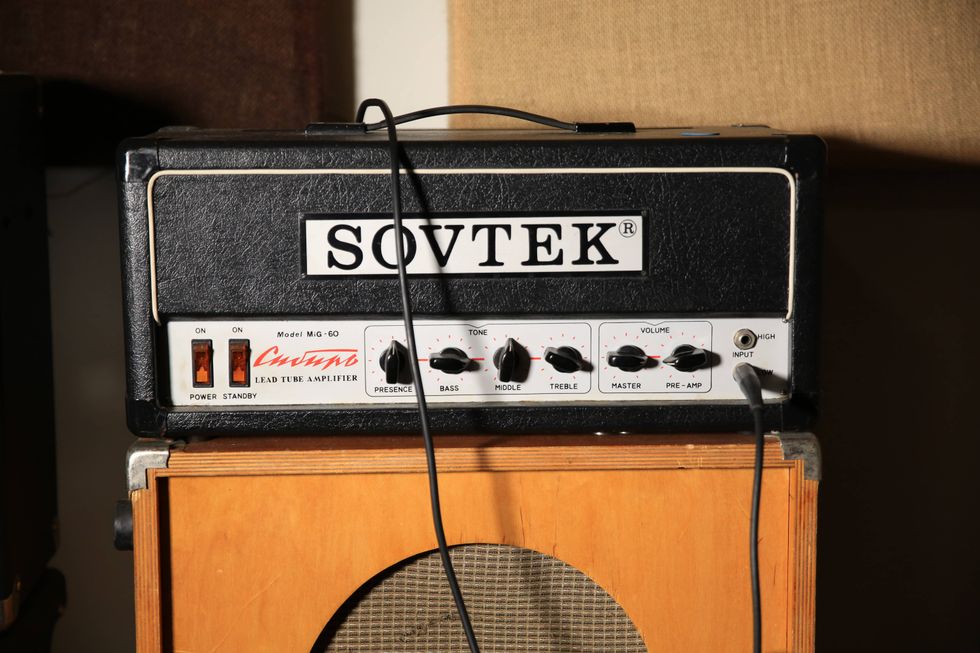 Zach loves his Sovtek Mig 60 head, which he plays through a cab he built himself at a pipe-organ shop in Denver. Every glue joint is lined with thin leather for maximum air tightness, and it’s stocked with Celestion G12M Greenback speakers.
Zach loves his Sovtek Mig 60 head, which he plays through a cab he built himself at a pipe-organ shop in Denver. Every glue joint is lined with thin leather for maximum air tightness, and it’s stocked with Celestion G12M Greenback speakers.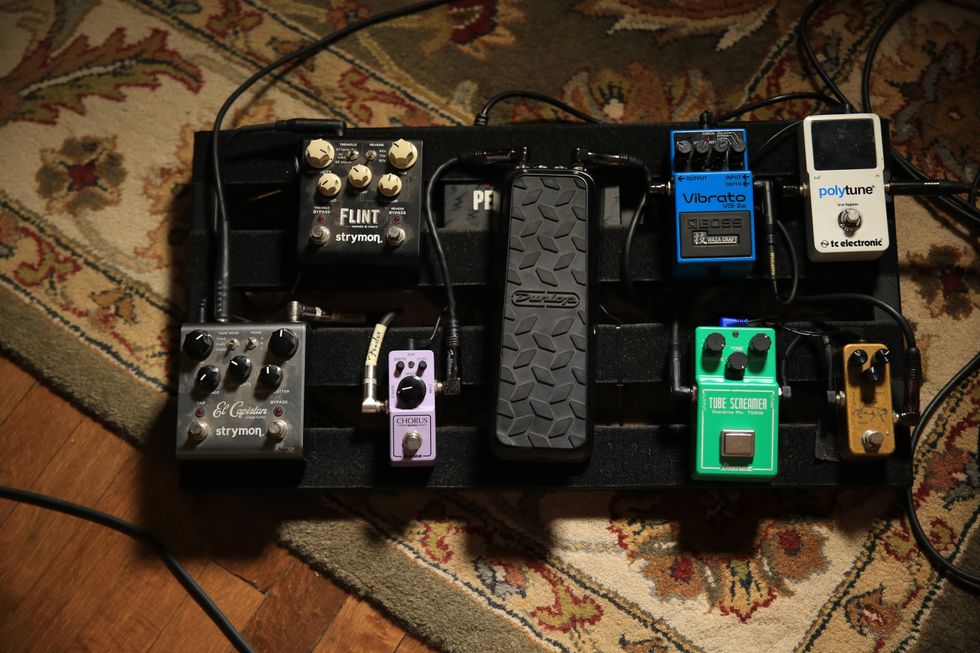
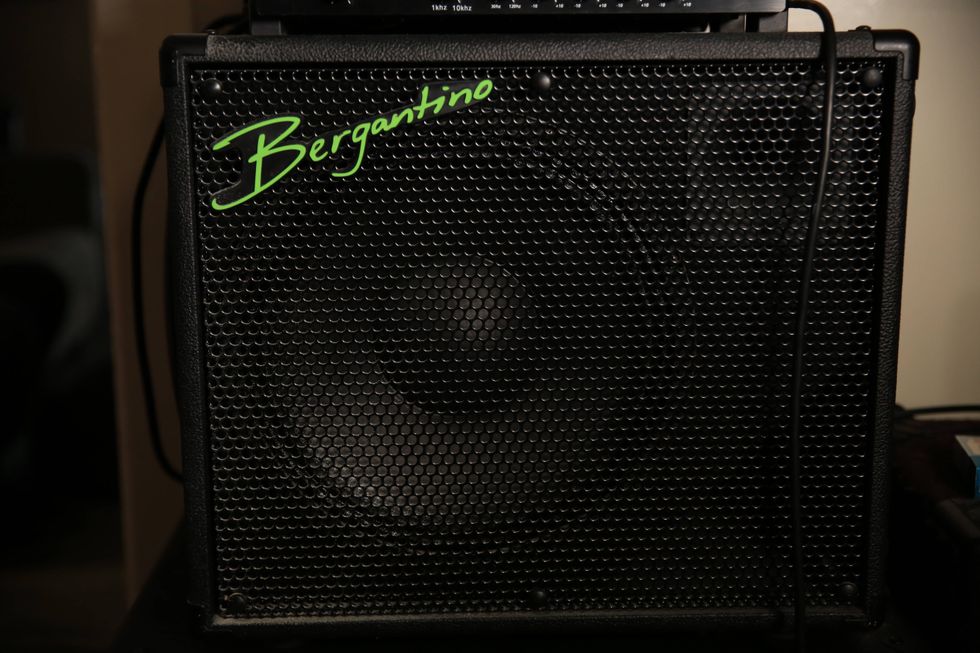
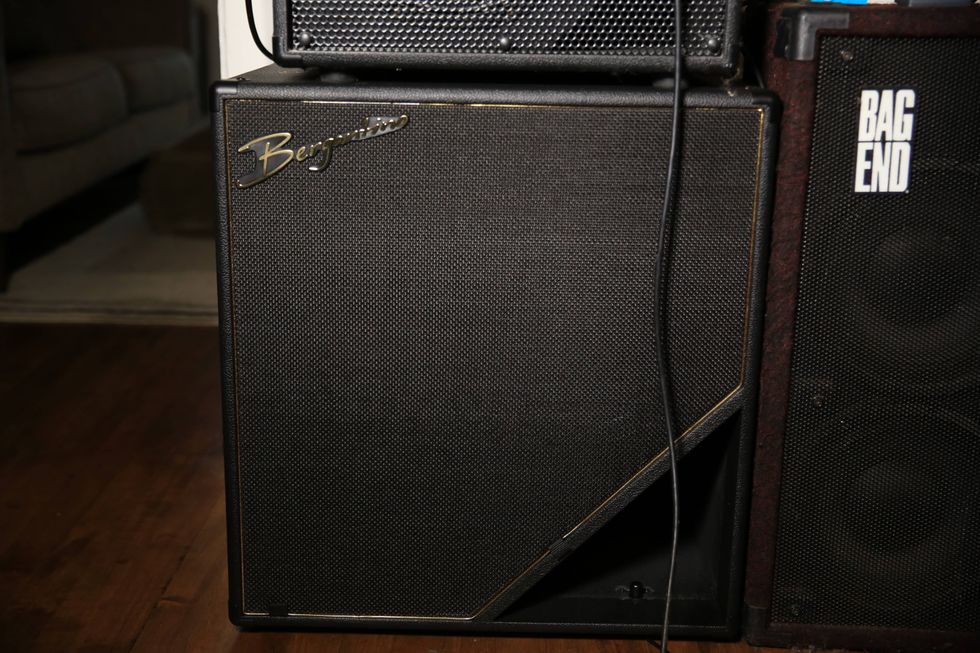
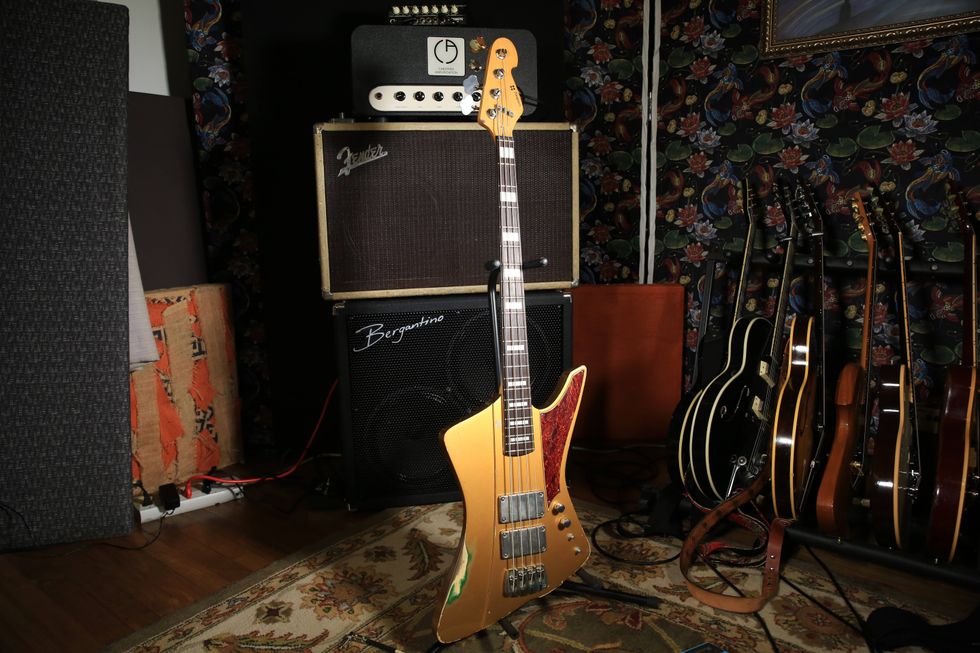
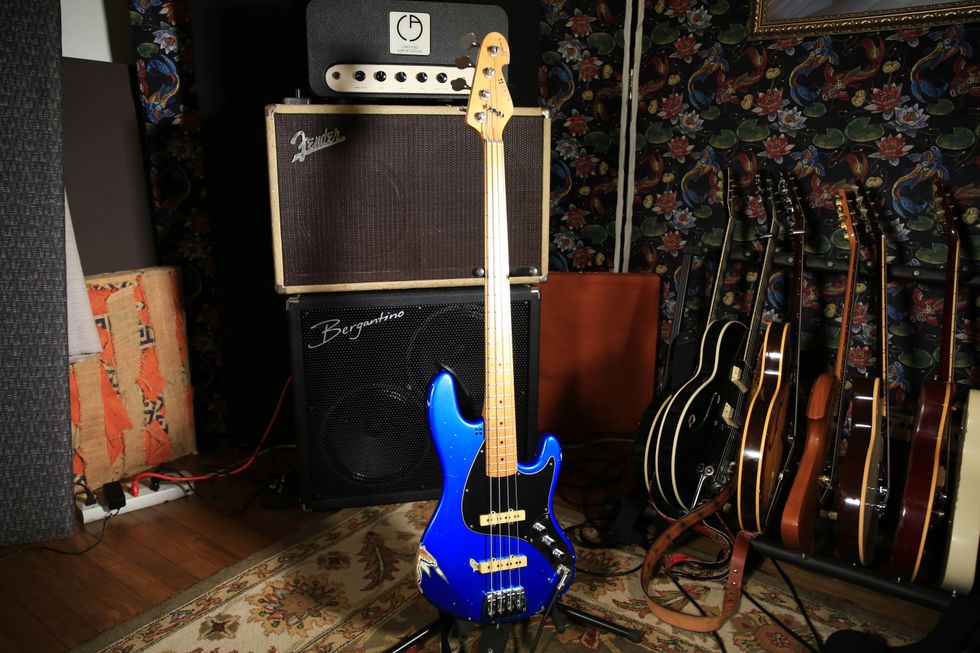
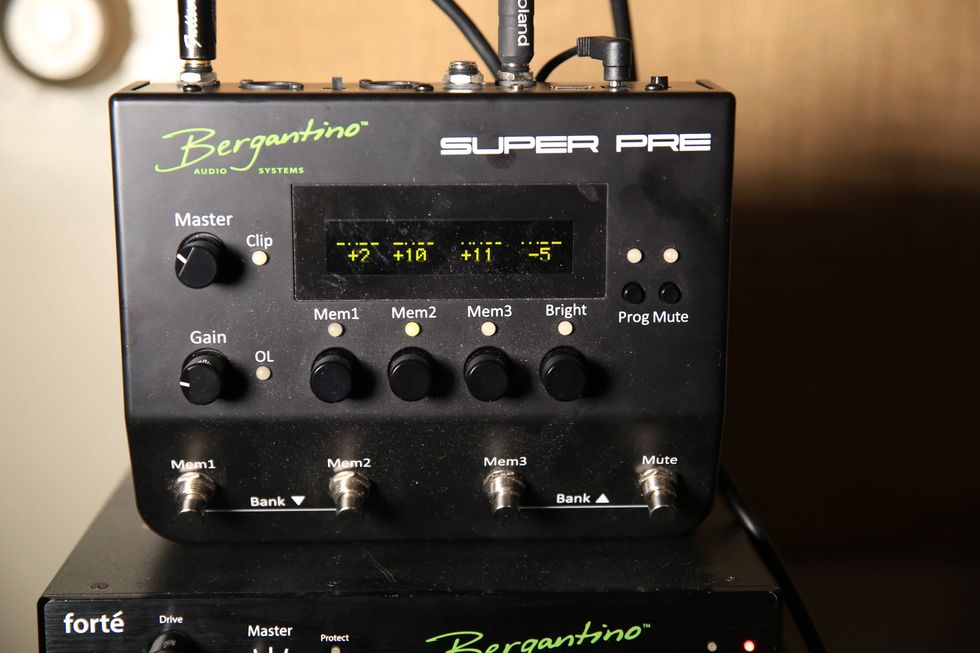
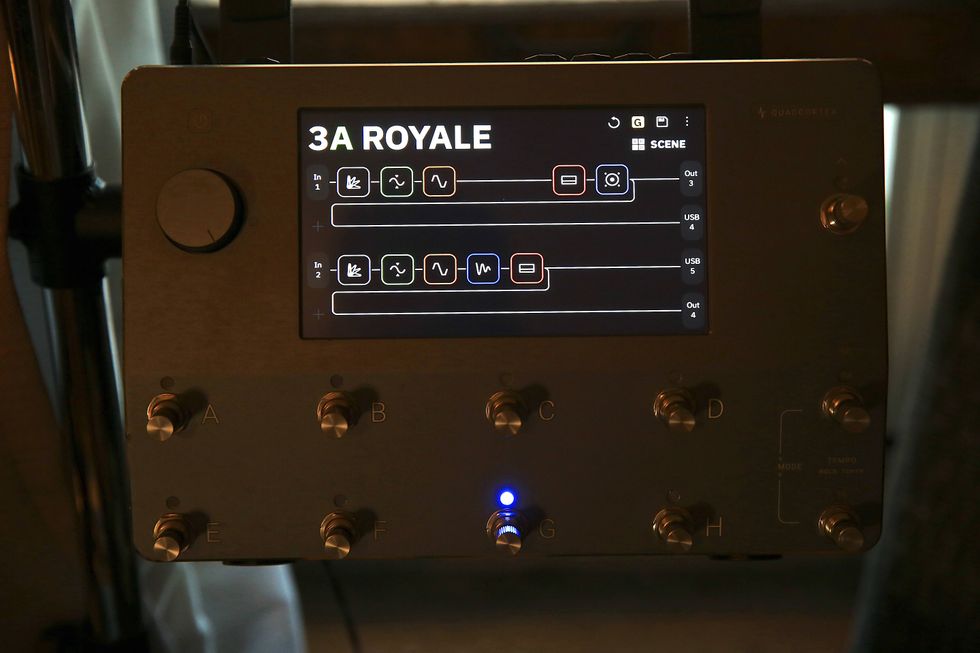

![Devon Eisenbarger [Katy Perry] Rig Rundown](https://www.premierguitar.com/media-library/youtube.jpg?id=61774583&width=1245&height=700&quality=70&coordinates=0%2C0%2C0%2C0)
